ALESSANDRA BRUNETTI MANUELA ZAINI PETER LYNCH
The Spirit of the Time
Society, culture and new trends in the English-speaking world
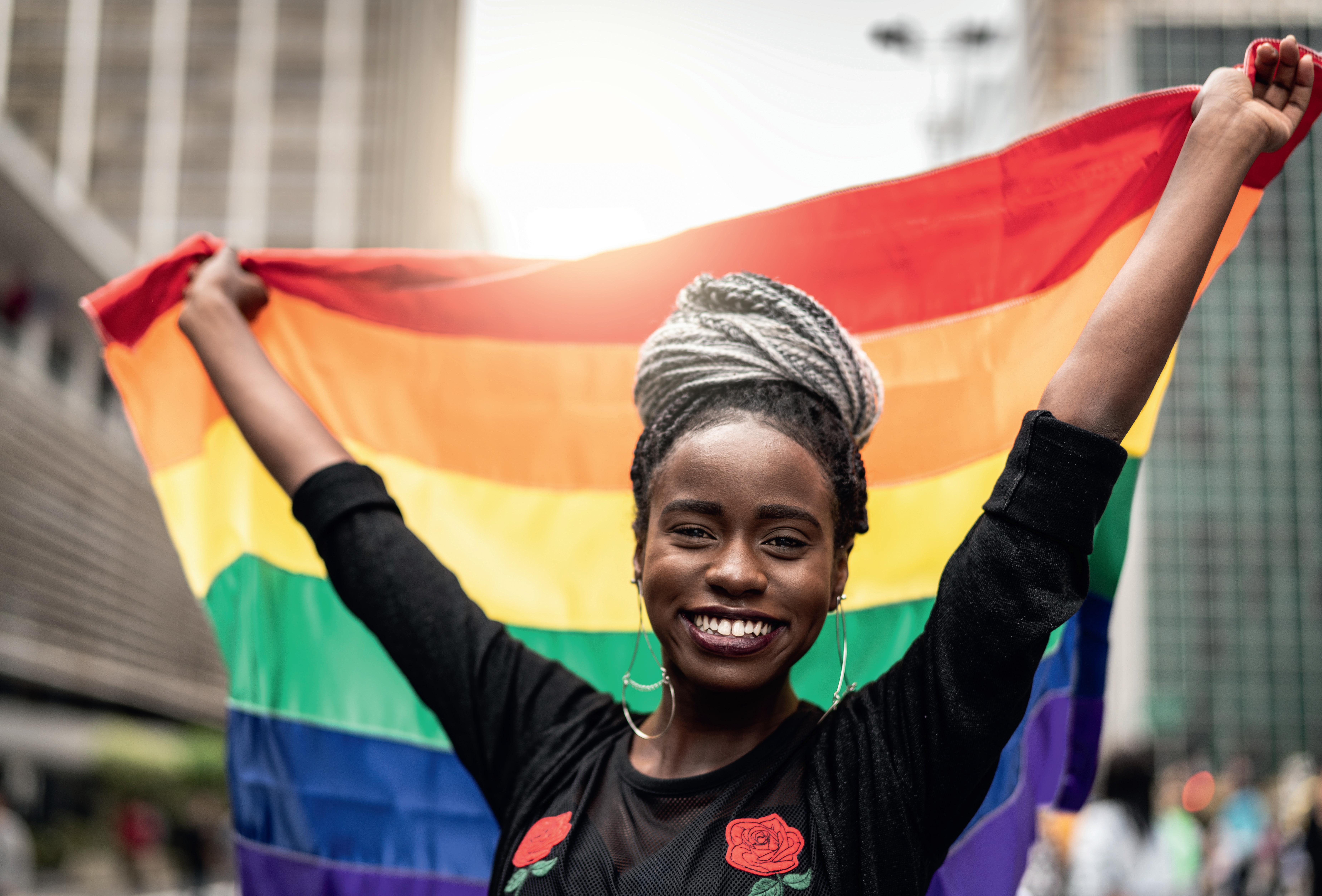
Cultural awareness
Social responsibility with Your MAG
Il piacere di apprendere Gruppo Editoriale ELi
The Spirit of the Time
Society, culture and new trends in the English-speaking world
● per sviluppare le abilità linguistico-comunicative
● per accrescere conoscenza e consapevolezza del mondo attuale
● per diventare cittadini responsabili
Places, Peoples, Histories Big Goals

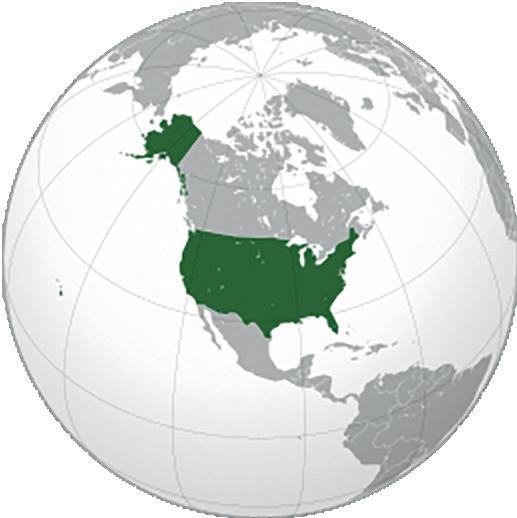





● La sezione Places, Peoples, Histories offre un panorama dei paesi che hanno come caratteristica comune la lingua inglese. Per ogni area geografica sono presenti schede informative su territorio, società, cultura, economia, storia e istituzioni.
Le rubriche The Spirit of… sviluppano aspetti caratterizzanti il contesto ambientale, sociale, culturale, analizzati anche nell’ottica dell’Agenda 2030 e dei temi dell’Educazione Civica The Spirit of Literature mostra come la letteratura abbia affrontato tali aspetti.
Past to Present confronti tra passato e presente per comprendere come contesti e fenomeni si sono evoluti e si ripresentano nel corso del tempo.
Did you know? curiosità, aneddoti e tendenze sui paesi di lingua inglese.
Ogni area geografica si chiude con Developing Competence, esercizi riepilogativi con attività mirate agli esami di certificazione internazionale (FIRST e IELTS) e all’INVALSI.
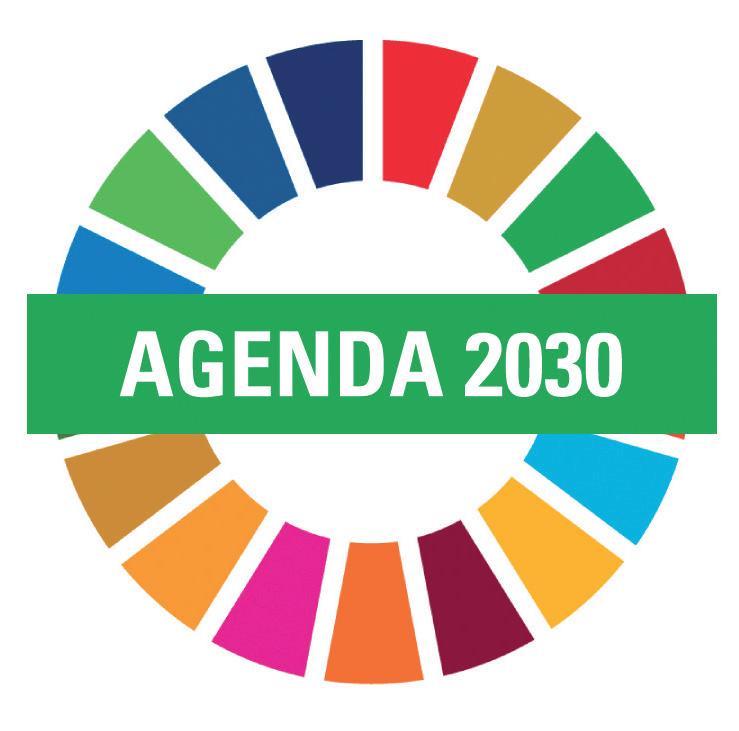
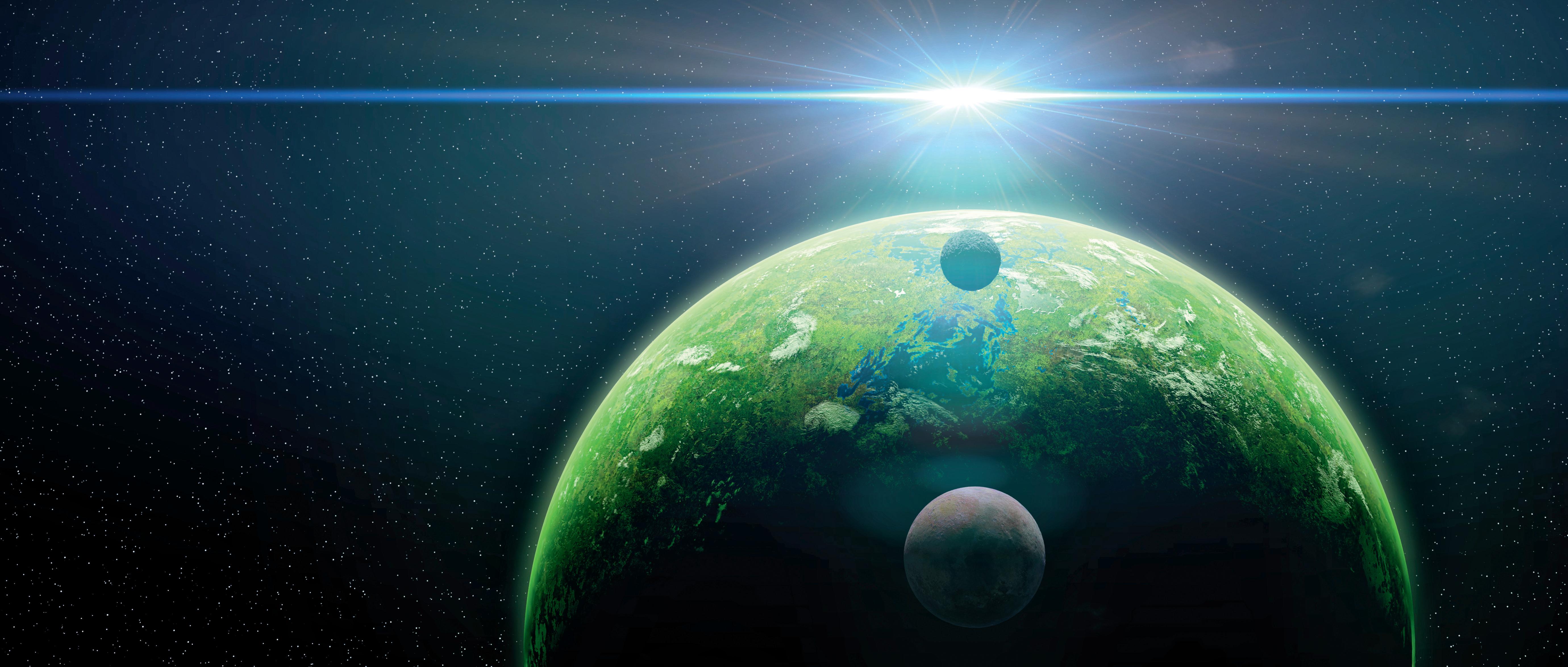

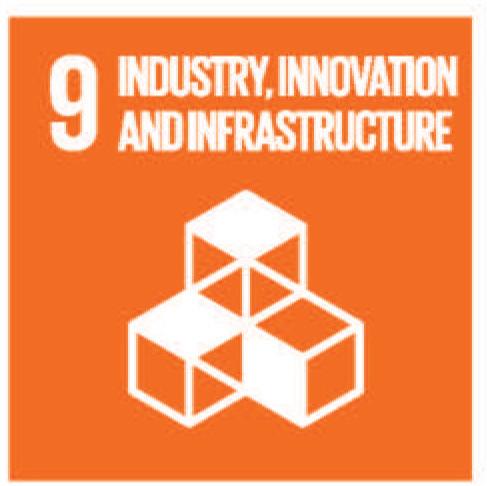
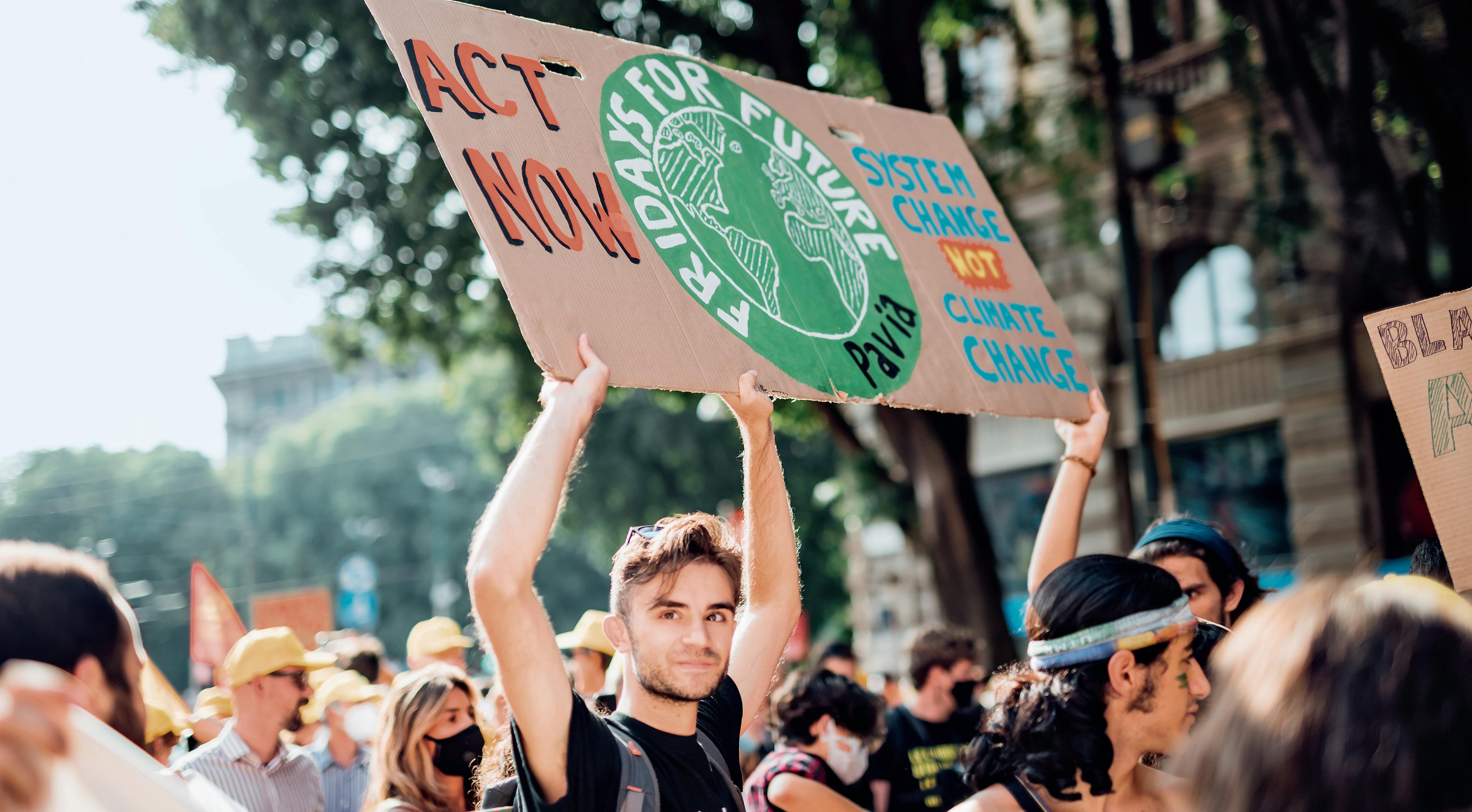

● La sezione Big Goals è dedicata alla trattazione di tre temi Sostenibilità, Diritti e Costituzione, Cittadinanza digitale, proposti per l’analisi e la discussione critica attraverso documenti, testimonianze, articoli, testi letterari e opere artistiche.
1. Planet
esplora il controverso rapporto tra società e ambiente.
2. Equality and Prosperity
propone una riflessione critica su diritti, ineguaglianze e nuove prospettive economiche.
3. Present and Future
indaga nuove tendenze in campo tecnologico, scientifico, sociale.
2
66 67 THE UNITED STATES OF AMERICA The United States of America the third largest country in the world after Russia and Canada, occupies the bottom half of the North American continent. It is made up of 50 states including Hawaii and Alaska, plus the District of Columbia. Hawaii is an island state located in the Pacific Ocean while Alaska lies in the northwest of Canada. There are two major mountain ranges in the United States that run north-south. The first is the Appalachian Mountains which run from the northeast in Maine and south into Georgia. The second range is the Rocky Mountains which begin in Canada and then go through Montana, Idaho, Wyoming, Colorado, Utah, New Mexico, and Arizona before continuing into Mexico. The highest peak in the USA is Mount McKinley in Alaska (6,194 m), while the country’s lowest point is Death Valley ➜ p. 67) in California. The major rivers in the United States are the Missouri Mississippi Colorado Rio Grande and Columbia The Missouri ends up merging with the Mississippi around St. Louis, Missouri. The Great Lakes consisting of Lakes Ontario, Erie, Huron, Michigan and Superior are the world’s largest group of fresh-water lakes. 1. waterlogged_impregnate was catastrophically hit by ‘Katrina’ hurricane, one of the worst disasters in the world.) _lussureggianti GEOGRAPHY America has very varied climate ranging from tropical in Florida and Hawaii to arctic in Alaska. Though mostly temperate, the US weather is semi-arid in the Great Plains to the west of the Mississippi river and arid in the Great Basin in the southwest. The United States of America hosts a number of world-famous cities like Los Angeles, Las Vegas, Chicago, Miami, Boston and New York City – and also the magnificent waterfront of San Francisco, and the old quarters of New Orleans, still rising up from its waterlogged ruins. It is the hillsides of the Great Plains, the lush forests of the Pacific Northwest and the scenic country lanes of New England. It is a country of road trips and great open skies where four million miles of highways lead past red-rock deserts and across fertile wheat fields that roll off towards the horizon. Find the English translation of the following terms in the text. acqua dolce arido bacino campo di grano montuosa cima pendio sentiero di campagna temperato lungomare GEO WORDS 1 Read the text and find 1. the names of the two non contiguous states. 2. the two major mountain ranges. 3. the highest and the lowest point in the USA. 4. where the weather is tropical and where is arctic. Capital city: Washington D.C. Population: 330,150,000 Languages: English 82.1%, Spanish 10.7%, other Indo-European 3.8%, Asian 2.7%, other 0.7% (Hawaiian an official language in the state of Hawaii) Government: Federal republic Death Valley, the hottest place In this below-sea-level basin, steady drought and record summer heat make Death Valley a land of extremes. Death Valley National Park covers almost 3,000 square miles and is a vast natural museum larger than the Yellowstone National Park. The floor of the Valley is almost 86 feet below sea level and it is recognized as the lowest point in the Western Hemisphere and one of the hottest places on earth. The rocks and land forms of Death Valley tell a story of endless changes in the earth’s crust. Centuries of contortions, alternate rising and lowering of the earth’s surface and intense heat and pressure have changed the very nature of the area’s rock form. Climate too has played its part. In recent geological time, powerful forces of water, wind and gravity have sculptured much of the scenery that you see today. In the almost waterless environment of the floor of Death Valley, plants and animals must adapt and specialize – or die. The average yearly rainfall here is less than inches. Despite all this, evidence of the presence of man over thousands of years is found in almost every part of the valley. Rock drawings, campsites and foot trails remain as traces of the pre-historic hunters and gatherers. When on Christmas Day 1849 the first white pioneers (the “Forty-Niners”, emigrants looking for a shortcut to the gold fields of California) entered the valley, the area was inhabited by Panamint Indians. After some days the “Forty-Niners”, exhausted by thirst and hunger, were obliged to kill their oxen for food, burn their wagons for heat at night and proceed on foot. The survivors brought out evidence of silver, instigating successive invasions of prospectors looking for deposits of the precious metal. In 1933, presidential proclamation set aside reservation of 2,980 sq. miles of desert land as National Monument. steady drought_siccità shortcut_scorciatoia prospectors_cercatori DID YOU KNOW? A land of contrasts 1 Are the following statements true (T) or false (F)? Correct the false ones. 1. Death Valley is desert. 2. The “Forty-Niners” were the first white men to enter the valley. T F There is no silver in Death Valley. T F 2 nswer the questions. 1. How did Death Valley evolve? How do plants and animals survive? What evidence is there of the presence of man in the valley? 3 Fill in the gaps with words from the text. Then listen and check. The prehistoric men of Death Valley were (1) _____________ and (2) _____________ Even today, you can see traces of (3) _____________ they made through the famous desert region. The (4) _____________ were the first white men to enter the valley in 1849. Only eighteen people (5) _____________ the hardships of the valley, encouraging successive (6) _____________ to look for gold. 150 151 BIG GOALS 3. Present and future Our present and our future are strictly connected with the conditions, problems and hopes concerning climate change, equality and rights that you have come across in the previous Big Goals. Those issues are profoundly interwoven with our present life and choices and will have an impact on our future. There is no future without a present action to preserve our planet and promote a sustainable economy. 1 In October 2021 hundreds of young delegates from all over the world met in Milan for the Youth4Climate conference to discuss about the future of the planet and propose measures to invert the present situation. Ugandan environmental activist Vanessa Nakate made powerful speech telling delegates that world leaders and decision-makers didn’t take urgent measures, the planet would be lost. Watch the video and listen to Nakate’s message. Try to make a list of the things she is asking for urgent action on. 2 Search the web to find the contribution of the Italian delegation to the conference. Collect information and prepare to present your findings to the class. FLIPPED CLASSROOM Global revolutions from past to future The last three centuries have been an era of accelerated technological progress characterized by innovations whose rapid application and diffusion have caused abrupt changes in society, economy and culture. They have changed and are changing the way we live, the way we work, the way we relate to one another and the way we think. It all started less than three hundred years ago with the First Industrial Revolution when production was first mechanized through the use of and and transport revolutionized with the first steam locomotive in 1804. At the end of the 19th century, the Second Industrial Revolution used oil and electric energy to create mass production. At the same time, the steel industry began to develop and grow due to the exponential demands for steel. Methods of communication were also revolutionized with the invention of the telegraph and the telephone and so were transportation methods with the emergence of the automobile and the plane at the beginning of the 20th century. Starting round the middle of the 20th century, Third Industrial Revolution appeared with the emergence of a new type of energy whose potential surpassed that of its predecessors: nuclear energy This revolution also witnessed the rise of the chemical industry and electronics – with the transistor and microprocessor and, later on, of telecommunications and computers This new technology led to the production of miniaturized material which would open doors to space research and biotechnology and used information technology to automate production The genesis of the Fourth Industrial Revolution dates back to three decades ago, with the emergence of the Internet This is the first industrial revolution rooted in a new technological phenomenon digitalization rather than in the emergence of new type of energy. This digitalization has enabled us to reach global interconnectivity and build virtual world from which we can steer the physical world. What about the future? With this phenomenal pace of change, the future isn’t something that happens off in the distance anymore. It is here, now advancing along with the Fifth Industrial Revolution. 1 Fill in the table with the information required. Energy employed and main features Type of production The 1st Industrial Revolution The 3rd Industrial revolution The 4th Industrial Revolution 2 a. Surf the web to find more information about the four industrial revolutions mentioned above, then prepare a presentation to show their evolution and get ready to talk about it. b. What do you know about the 5th Industrial Revolution? Surf the web to find the information to fill in the grid. Time Energy employed and main features Type of production 3 DISCUSS How curious are you about the future? What changes do you imagine will have taken place in everyday life in ten years’ time? Will we still use smartphones to communicate? How the infosphere is reshaping human reality Our digital ICTs (information and communication technologies) are affecting the way we interact with our world and are posing challenging questions. Nanotechnology, the Internet of things, cloud computing, video-games, smartphone apps, virtual and augmented reality, artificial companions, drones, driverless cars, 3D printers, identity theft, social media, cyber wars… ICT tools are creating and shaping our intellectual and physical realities, changing our selfunderstanding, modifying how we relate to each other and ourselves. […] Are these technologies going to enable and empower us, or will they constrain our physical and conceptual spaces? Can ICTs help us solve our most pressing social and environmental problems, or are they going to exacerbate them? These are only some of the challenging questions that the information revolution is posing. To answer these questions we need new ‘e-nvironmental’ ethics concerning both the infosphere and its inhabitants. (Adapted from Luciano Floridi The Fourth Revolution, 2014) 1 Revolution and match ‘heroes’ to the philosophical/scientific ‘revolution’ they brought about. our revolutions to reconsider man’s role in ‘the bigger picture’ ew ideas: reconsidering man’s role 1. 1st Revolution: Copernicus Our role is transformed by technology, by artificial entities and agents Man is no longer at the centre of the universe 3. 3rd Revolution: Sigmund Freud Man is no longer at the centre of the animal world Alan Turing The world of the mind is as important as the rational world Read the following quote by Albert Einstein: “The world as we have created is a process of our thinking. cannot be changed What did Einstein mean with his words? How important is thinking flexibility to build/accept change? Write a short essay (80-100 words) answering these questions. Refer to your personal experience. THE SPIRIT OF THE INFOSPHERE The philosophy of information and information ethics He Professor of Philosophy and Ethics of Information and Director of the Digital Ethics Lab at the University of Oxford. CIVIC LITERACY Digital Competence Digital Competence
AGENDA 2030
Didattica digitale integrata
The Spirit of the Time offre numerosi contenuti digitali integrativi per lo sviluppo della competenza digitale:
audio di tutti
gli esercizi di listening e di tutti i brani letterari
materiali di approfondimento e integrativi
Milestones over the centuries
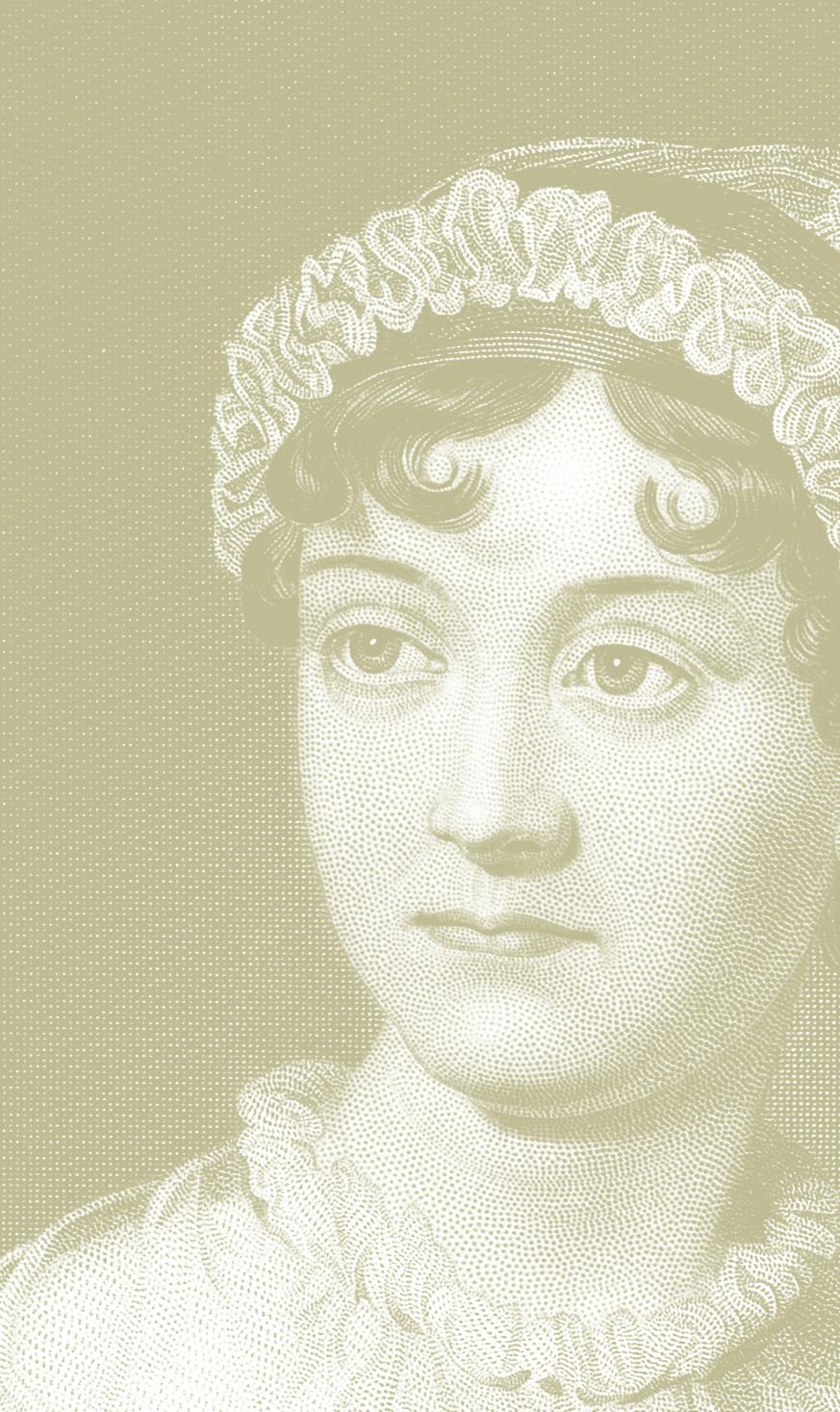
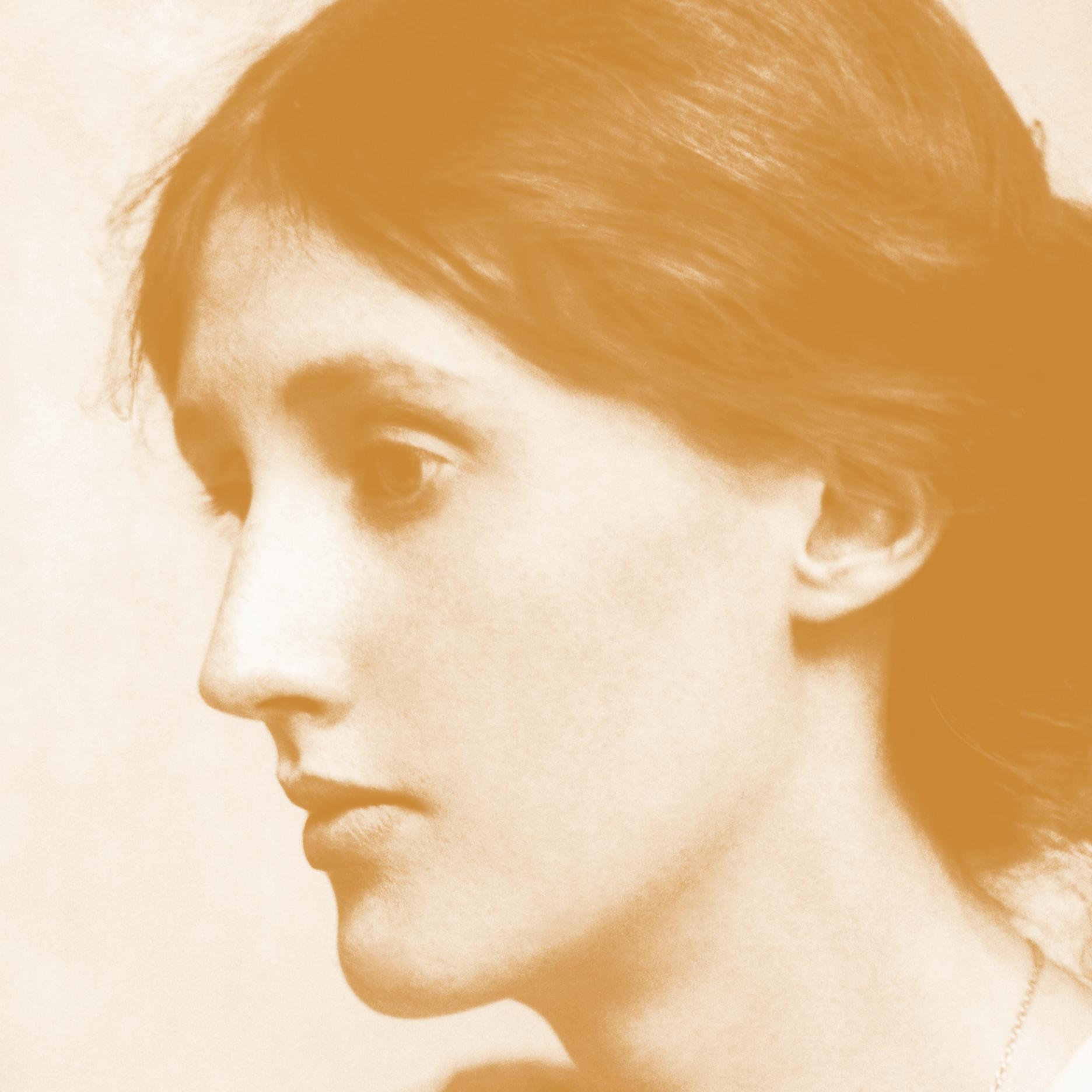




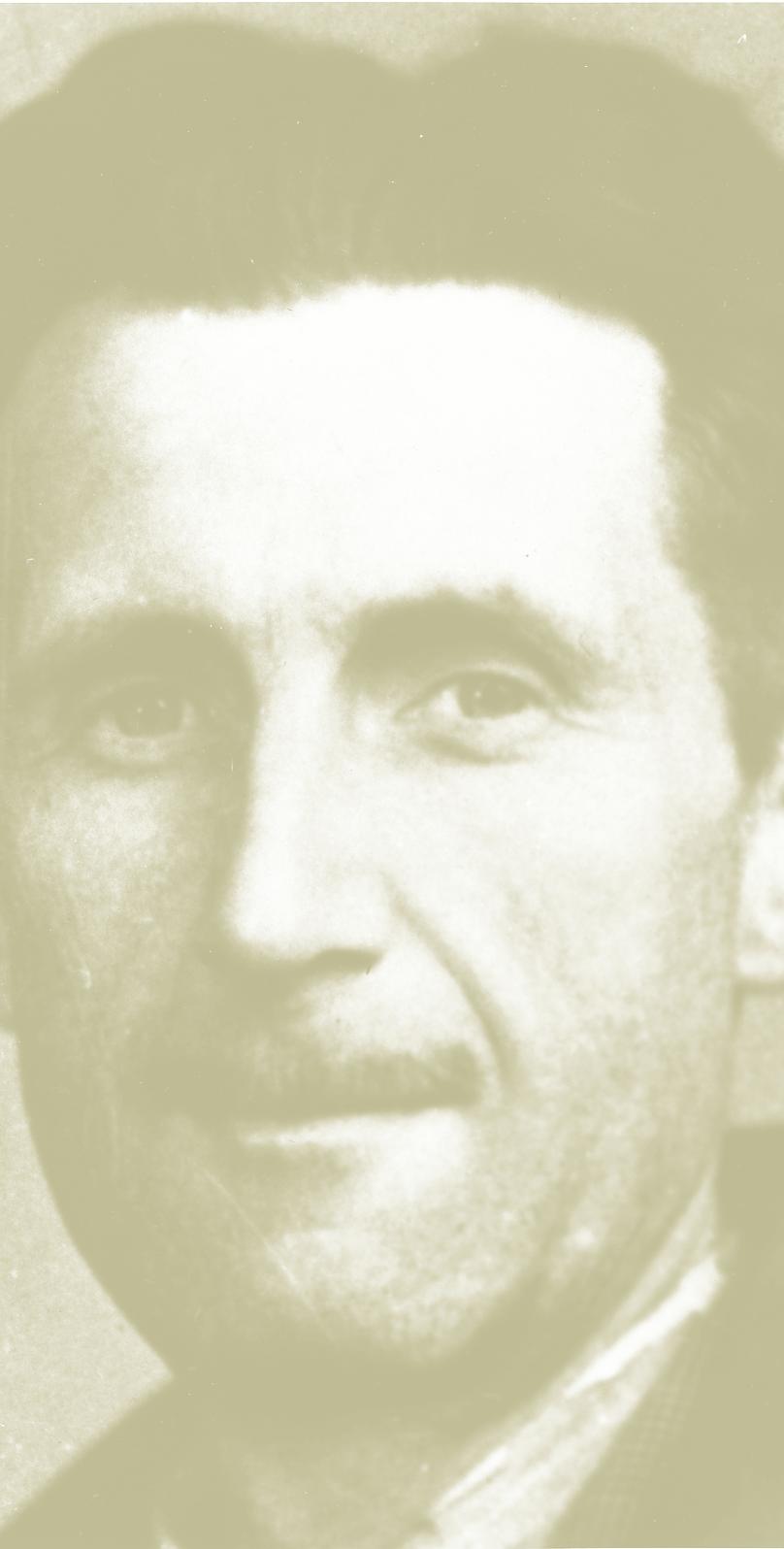
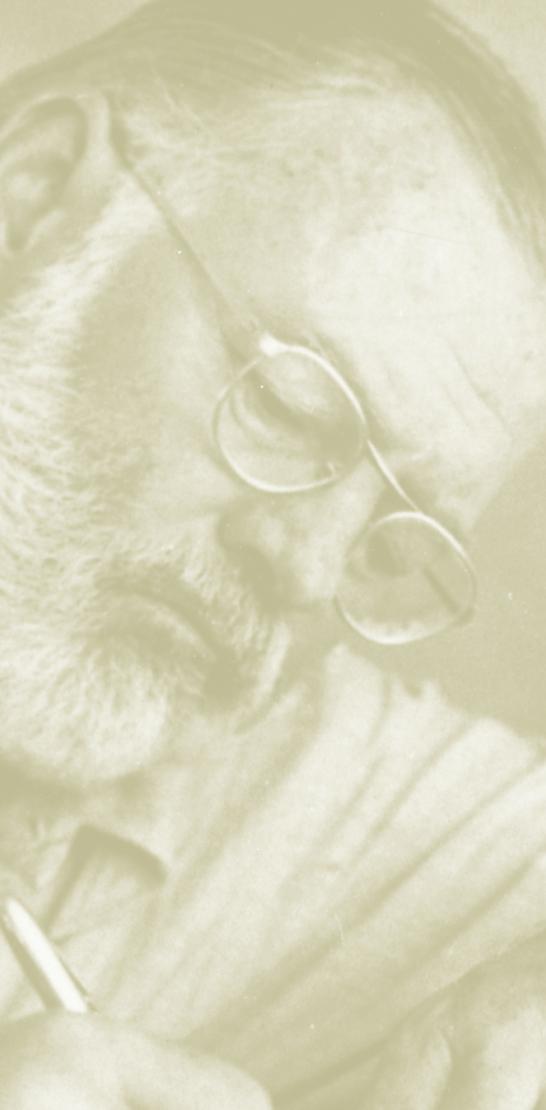
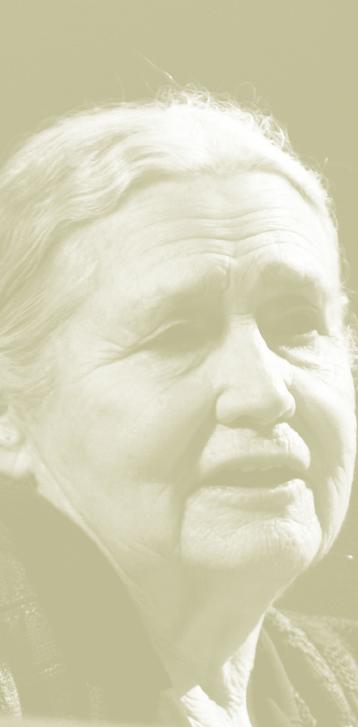
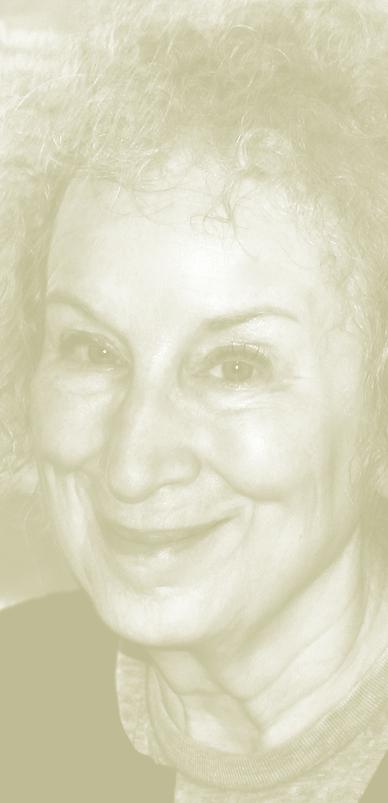














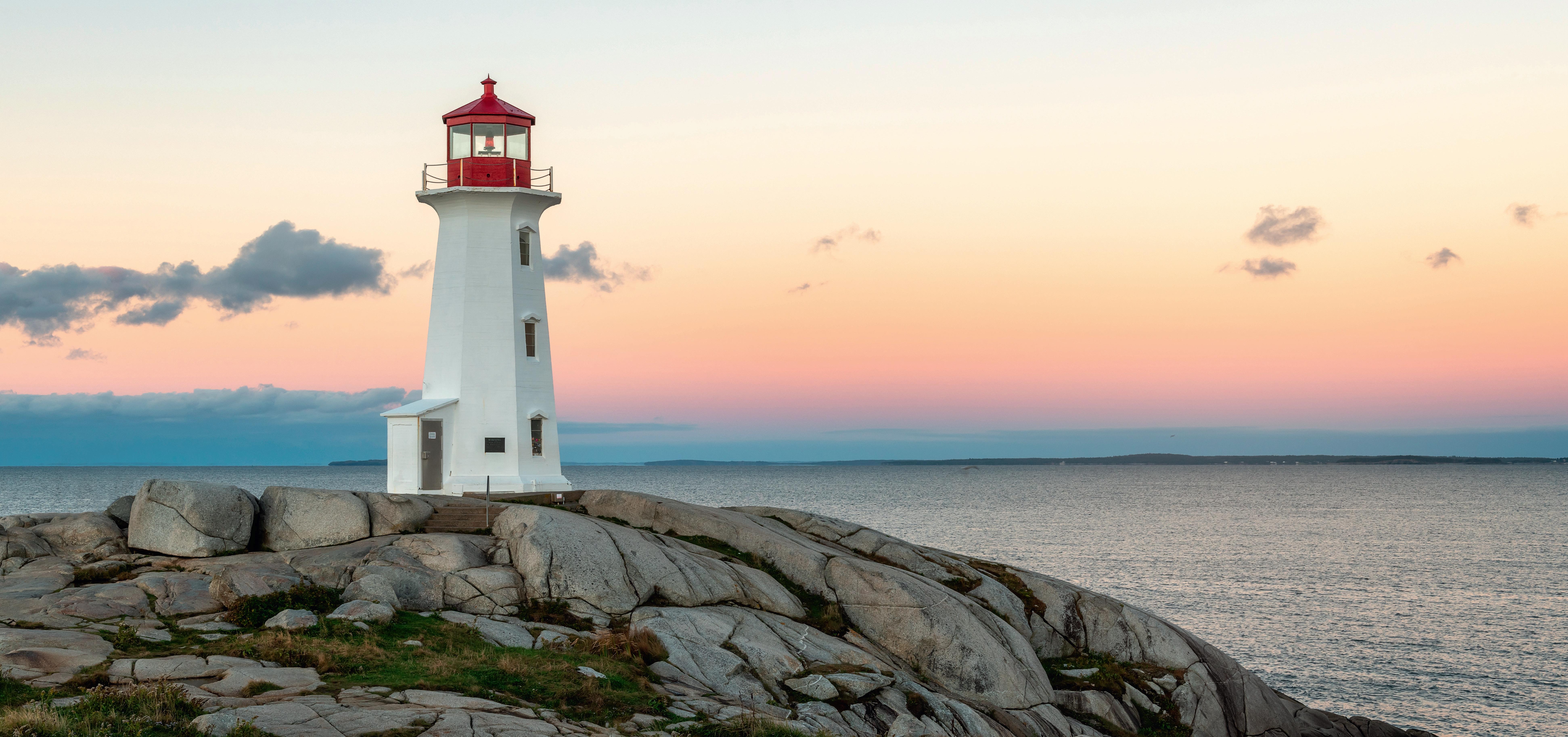
● La sezione Milestones over the centuries presenta una rassegna di nove opere fondamentali della narrativa di lingua inglese.
La sezione si apre con una doppia pagina sull’evoluzione e lo sviluppo del romanzo in lingua inglese, con schede che riassumono le caratteristiche tipiche di ciascuna epoca.
video per la Flipped Classroom e per altre attività con supporto visivo

PowerPoint riassuntivi su Geography e History di ogni paese e per ogni Big Goal
L’ attività didattica
● Le attività di FLIPPED CLASSROOM introducono argomenti e tematiche attraverso audio, video e ricerche personali sul web.
● La discussione e l’analisi critica vengono stimolate nelle attività di DISCUSS e THINK CRITICAL
● Gli esercizi di DIGITAL COMPETENCE integrano il percorso educativo digitale con suggerimenti e consigli per ricerche online e produzioni multimediali.
● Gli esercizi di MEDIATION consentono un confronto tra la realtà presentata e quella propria dello studente, atto a sviluppare un processo costruttivo di ‘mediazione’ culturale.
● Opinioni contrastanti su temi di attualità per lo sviluppo del pensiero critico vengono stimolate nelle attività di DEBATE
YOUR MAG Developing Competence
● L’APPENDICE a fine volume offre:
• schede grammaticali
• strumenti e strategie per la produzione orale e scritta.
• percorsi per l’organizzazione delle attività di Debate, di Digital Competence e di Civic Literacy
3 168 169 MILESTONES OVER THE CENTURIES William_one of the guests of the Ramsays, like further on Lily, Paul, Minta, Mr Carmichael or Mr Tansley of Paul and Minta and her story with her all… frowning ingobbito accigliato eddy_turbine ladling out_servendo _private dei colori shabby_trasandata _si trattenne da 11 Nothing… merged Non c’era 12 rested on her_era compito suo 1 Answer the following questions. 1. Where does the action take place? 2. What is Mrs Ramsay saying to her guests? Do the guests get along well? 2 Read the passage again and do the following tasks. 1. Find examples of third person narrator and interior monologue in the text. 2. Consider the use of punctuation. a. What function do the dashes have? How is dialogue introduced? How are Mrs Ramsay’s thoughts In what way does the use of punctuation mirror the flow of thoughts in the character’s mind? 3. In the extract we have glimpse of the relationship between Mr and Mrs Ramsay. Underline the passages that focus on this relationship. b. What do we understand about Mr Ramsay’s personality? c. How does Mrs Ramsay feel about her husband? Mrs Ramsay is experiencing an existential crisis, summed up in a question she asks herself. What question is it? Analyze Mrs Ramsay’s behaviour during the dinner and read the last sentence of the extract carefully. What can you deduce about her personality? b. What is the ‘discrepancy’ she feels about herself? 3 Have you ever experienced situation where completely different thoughts? Talk about your experience. 4 Try to write down your flow of thoughts and your actions for short period of ten to fifteen minutes. Virginia Woolf To the Lighthouse (1927) The Ramsay family are spending their holidays in the Hebrides with some friends, including the painter Lily Briscoe. The novel is divided into three parts: the first, The Window recounts a day in the life of the Ramsays and the desire of James (the youngest of the eight children) to visit a lighthouse nearby, which is made impossible by the weather. Time Passes summarizes ten years of the Ramsays’ lives: it describes the deaths of Mrs Ramsay, son and a daughter, and the sense of desolation of the family during the First World War. At the end of this section, some of the Ramsays and Lily Briscoe go back to the house in the Hebrides. Finally, in The Lighthouse Mr Ramsay and two of his sons go to the lighthouse. In this part, past and present are linked together. Lily Briscoe is filled with a flood of memories and finally she can complete the portrait of Mrs Ramsay, begun ten years earlier. The author focuses on the interiority of her characters and particularly on Mrs Ramsay, showing a special interest in women’s subjectivity opposed to that of men, represented by Mr Ramsay. Husband and wife have very different concepts of life: she relies on her emotions and wants to make life nicer for her loved ones, while he relies more on his intellect and aspires to greater objectives. A main characteristic of the novel is the treatment of time The interior time of the characters is dilated in comparison to chronological time. This fragmentation of experience is symbolized by the lighthouse with its alternation between light and dark it represents human consciousness, with its lack of memory and its ‘moments of being’. Dinner time (From Part 1, Chapter 17) The extract presents Mrs Ramsay in her eff orts to be a perfect hostess at dinner, giving the reader access to her inner thoughts and feelings in one of her rare moments of existential crisis. But what have done with my life? thought Mrs. Ramsay, taking her place at the head of the table, and looking at all the plates making white circles on it. “William sit by me,” she said. “Lily,” she said, wearily, “over there.” They had that – Paul Rayley and Minta Doyle she, only this – an infinitely long table and plates and knives. At the far end was her husband, sitting down, all in a heap, frowning What at? She did not know. She did not mind. She could not understand how she had ever felt any emotion or affection for him. She had a sense of being past everything, through everything, out of everything, as she helped the soup, as if there was an eddy – there – and one could be in it, or one could be out of it, and she was out of it. It’s all come to an end, she thought, while they came in one after another, Charles Tansley – “Sit there, please,” she said – Augustus Carmichael – and sat down. And meanwhile she waited, passively, for someone to answer her, for something to happen. But this is not thing, she thought, ladling out soup, that one says. Raising her eyebrows at the discrepancy that was what she was thinking, this was what she was doing ladling out soup – she felt, more and more strongly, outside that eddy; or as if a shade had fallen, and, robbed of colour she saw things truly. The room (she looked round it) was very shabby There was no beauty anywhere. She forebore look at Mr. Tansley. Nothing seemed to have merged They all sat separate. And the whole of the effort of merging and flowing and creating rested on her Virginia Woolf (1882-1941) expressed the complexity of modern individuals and their fragmentary perception of reality, as psychoanalysis had started to show. She rejected the conventions of realistic fiction and developed new techniques for describing the interiority of her characters, the impact of exterior events on their consciousness and especially what she called ‘moments of being’: sudden insights into the essence of things that come to our consciousness as revelations.
●
●
●
●
●
●
●

4
The British Isles 12 THE UNITED KINGDOM Geography 14 An island country 14 PAST TO PRESENT Doggerland, the vanished land bridge 15 THE SPIRIT OF LITERATURE Bleak House by Charles Dickens 15 England 16 THE SPIRIT OF SUSTAINABLE CITIES Multicultural and sustainable London 17 Scotland 18 THE SPIRIT OF LITERATURE My Heart’s in the Highlands by Robert Burns 19 DID YOU KNOW? Uniquely Scottish – Clans kilts and bagpipes 19 Wales 20 PAST TO PRESENT Welsh identity through sport and music 20 Northern Ireland 21 DID YOU KNOW? Northern Ireland, Game of Thrones’ perfect environment 21 Society and culture 22 New trends in British society 22 THE SPIRIT OF LITERATURE NW by Zadie Smith 25 THE SPIRIT OF BRITISH IDENTITY The changing vision of Millenials and Zoomers 27 DID YOU KNOW? Food revolution in British school 28 THE SPIRIT OF MULTICULTURAL FOOD Let’s eat together! 29 THE SPIRIT OF LITERATURE Fever Pitch by Nick Hornby 31 The years that changed Britain 32 THE SPIRIT OF ART • Tate Modern 34 • Banksy 35 Economy 36 From manufacture to services 36 History and institutions 38 Great Britain, great history 38 THE SPIRIT OF ENGLISH DEMOCRACY Magna Carta 39 THE SPIRIT OF TECHNOLOGICAL AND SOCIAL CHANGES The road to reforms 42 DID YOU KNOW? How did the Brexit vote happen? 45 THE SPIRIT OF LITERATURE Saturday by Ian McEwan 46 THE SPIRIT OF LITERATURE Middle England by Jonathan Coe 47 Britain’s politics 48 DID YOU KNOW? The Crown 49 The English-speaking world 8 Origin and development of the English language 10 FLIPPED CLASSROOM
On the English language FLIPPED CLASSROOM ● Stonehenge between mystery and identity Imagining London Music version of My Heart’s in the Highlands ● Full text and translation of My Heart’s in the Highlands Welsh national anthem FLIPPED CLASSROOM ● The British by Benjamin Zephaniah ● The British school system Starting a Food Revolution in School Soul food Tate Modern’s 21st birthday Banksy’s most important graffiti Banksy at work
Main economic sectors
White collars and blue collars FLIPPED CLASSROOM
CONTENTS PLACES, PEOPLES, HISTORIES
●
●
●
The Celts
The Vikings’ invasion and
What is Magna Carta?
Alfred the Great
Elizabeth I
The Bill of Rights
Shirley by Charlotte Brontë
Towards globalization
Steps to UK leaving the European Union The history of Brexit Cannon Hill Park protest
In your
●

●
●
●
●
5
FLIPPED CLASSROOM
Ireland’s
The passionate
dancing Irish immigration FLIPPED CLASSROOM
● The Lake Isle of Innisfree by W.B. Yeats
●
Call
Ireland’s Call anthem Irish
Easter
1916 by W.B. Yeats
● Reading in the Dark by Seamus Deane
CLASSROOM
● PowerPoint lessons on Geography and History FLIPPED
US regions in detail
Coast to Coast
Rip Van Winkle
CLASSROOM
by Washington Irving FLIPPED
The
was
to
BBQ, a long-lasting tradition Clip of The Blind Side
I, Too, Sing America by
Hughes ● Falling Man by Don DeLillo
US economic sectors FLIPPED CLASSROOM
Red Cloud’s last words
Abraham Lincoln and the Gettysburg Address
Uncle Tom’s Cabin by Harriet Beecher Stowe Trailer of The Grapes of Wrath The Ghost of Tom Joad by Bruce Springsteen ● Between the World and Me by Ta-Nehisi Coates Requirements for becoming an American President In your THE REPUBLIC OF IRELAND Geography 50 The Emerald Isle 50 DID YOU KNOW? Green Everywhere 51 Society and culture 52 A country of complex identities 52 The richness of Irish culture 54 PAST TO PRESENT • Irish folk music • The fame of Irish dancing 55 THE SPIRIT OF MIGRATION Migration as a way of life 56 Economy 57 Ireland’s mixed economy 57 History and institutions 58 A troubled history 58 The Irish constitutional framework 60 THE SPIRIT OF LITERATURE Angela Ashes by Frank McCourt 61 DEVELOPING COMPETENCE – For your exams 62 North America 64 THE UNITED STATES OF AMERICA Geography 66 A land of contrasts 66 DID YOU KNOW? Death Valley, the hottest place 67 THE SPIRIT OF LITERATURE Walden by Henry David Thoreau 69 Society and culture 70 Heritage and change 70 PAST TO PRESENT From Ellis Island to famous Americans 72 THE SPIRIT OF GOOD HEALTH AND WELL-BEING Obesity, a social problem in the USA 74 THE SPIRIT OF INCLUSION The power of sport: The Blind Side 75 Cultural changes in America 76 THE SPIRIT OF LITERATURE On the Road by Jack Kerouac 77 Economy 80 A powerful economy 80 DID YOU KNOW? American tech titans 83 History and institutions 84 Tumult and transformation 84 THE SPIRIT OF AMERICAN DEMOCRACY The American Declaration of Independence 85 THE SPIRIT OF INDIAN SORROW Red Cloud, the last Sioux Chief 86 DID YOU KNOW? Celebrating history 87 THE SPIRIT OF NEW FRONTIERS The Moon landing 89 THE SPIRIT OF LITERATURE The Grapes of Wrath by John Steinbeck 90 PAST TO PRESENT From 9/11 to the Afghan question 93 THE SPIRIT OF LITERATURE Home by Toni Morrison 94 Political organization 95 DID YOU KNOW? • Democrats and Republicans: why are they donkeys and elephants? • How to become President of the United States 97
American school system ● I
dreaming to come
America by Edward Corsi ●
●
Langston
●
●
●
●

6
Geography 98 A vast landmass 98 DID YOU KNOW? A quick guide to Canadian towns 99 Society and culture 100 A multicultural approach 100 THE SPIRIT OF CANADIAN IDENTITY A kaleidoscope of cultures 101 PAST TO PRESENT People in the void 102 THE SPIRIT OF LITERATURE Boys and Girls by Alice Munro 103 Economy 104 A free-market economy 104 History and institutions 105 A young political nation 105 DEVELOPING COMPETENCE – For your exams 107 Oceania 108 AUSTRALIA Geography 110 The smallest continent 110 DID YOU KNOW? Australia’s pearls 111 Society and culture 112 Ethnic and cultural diversity 112 DID YOU KNOW? Aboriginal food 113 Economy 114 A mixed-market economy 114 History and institutions 115 An untouched continet 115 THE SPIRIT OF LITERATURE Integration – Yes!, Oodgeroo Noonuccal 117 NEW ZEALAND Geography 118 An island state 118 Society and culture 119 A dynamic society 119 DID YOU KNOW? New Zealand’s emblems 119 History and institutions 120 A history of encounters 120 Economy 121 An indipendent economy 121 THE SPIRIT OF LITERATURE The Luminaries by Eleonor Catton 122 DEVELOPING COMPETENCE – For your exams 123 India 124 South Africa 125 FLIPPED CLASSROOM The USA vs Canada The mistery of the axe ● The Gold Rush in Canada ● PowerPoint lessons on Geography and History FLIPPED CLASSROOM ● Australian States and Territories Ayers Rock ● Us Mob by Mudrooroo ● Arrival on the land Down Under All Blacks’ anthem ● Maori’s haka ● PowerPoint lessons on Geography and History FLIPPED CLASSROOM ● India and South Africa in detail
In your
CANADA
CONTENTS

FLIPPED CLASSROOM
A European Green Deal
FLIPPED CLASSROOM
Do It Now!
● The Water Will Come by Jeff Goodell
Elijah’s battle
● Richard II by William Shakespeare
NZ’s Parliament’s Act
Agnes Denes
● The Crucified Land by Alexandre Hogue
● Translation of The Overstory
● PowerPoint lesson
FLIPPED CLASSROOM
● I have a Dream speech by Martin Luther King
● Translation of Ballade of the Poverties
William Kamkwamba’s story
Rockwell’s models
● PowerPoint lesson
FLIPPED CLASSROOM
Professor Floridi presents The Fourth Revolution
● The rights of the future
Paik’s exhibition at Tate Modern
● PowerPoint lesson
● Sons and Lovers by David Herbert Lawrence
● Brave New World by Aldous Huxley
7
The English Novel 160 J. Austen, Pride and Prejudice, The ideal husband 162 C. Dickens, GreatExpectations, A terrible encounter 164 O. Wilde, The Picture of DorianGray, A beautiful painting 166 V. Woolf, To the Lighthouse, Dinner time 168 J. Joyce, Dubliners, The snow 170 G. Orwell, Animal Farm, “No animal in England is free” 172 E. Hemingway, A Farewell to Arms, Frederic Henry 174 D. Lessing, The Antheap, Dirk and Tommy 176 M.Atwood, The Handmaid’s Tale, Us and them 178 In your BIG GOALS What is AGENDA 2030? 126 The European Green Deal 127 1. Planet 128 Our footprint on Nature 128 Do it for the Planet! 129 Climate change, an urgent issue 130 Many countries, one Earth 131 Case Study 1 A sea of rubbish 132 Case Study 2 The rights of the river 133 Case Study 3 A town on the way to sustainability 134 THE SPIRIT OF ART Wheatfield–A Confrontation by Agnes Denes 135 THE SPIRIT OF LITERATURE • The Road by Cormac McCarthy 136 • The Overstory by Richard Powers 137 DEVELOPING COMPETENCE – For your exams - PROJECT 138 2. Equality and prosperity 139 What are our rights? 139 Champions of rights 140 Pros and cons of globalization 142 THE SPIRIT OF LITERATURE Ballade of the Poverties by Adrienne Rich 143 Is this the end of globalization? 144 THE SPIRIT OF CIRCULAR ECONOMY A huge global change 145 Case Study 1 A general slow down 146 Case Study 2 Power from thin air 147 THE SPIRIT OF ART The Problem We All Live With by Norman Rockwell 148 DEVELOPING COMPETENCE – For your exams - PROJECT 149 3. Present and future 150 Global revolutions from past to future 150 THE SPIRIT OF INFOSPHERE How the infosphere is reshaping human reality 151 Case Study 1 Why the future should be female 152 Case Study 2 YOLO and the future of work 153 Future questions 154 THE SPIRIT OF LITERATURE Frankenstein, or the Modern Prometheus by Mary Shelley 156 THE SPIRIT OF LITERATURE I, Robot by Isaac Asimov 157 THE SPIRIT OF ART The Future Is Now by Nam June Paik 158 DEVELOPING COMPETENCE – For your exams - PROJECT 159 DEVELOPING COMPETENCE Grammar focus Coordination and subordination 180 Modal verbs: a summary 181 The infinitive 182 The passive 183 Tag questions 183 Relative clauses 184 used to / would / be used to / get used to 185 If-clauses and I, II and III conditional 186 Reported speech 186 Useful expressions 187 Oral competence - Debate 189 Digital competence 190 Competences for active citizenship 191
MILESTONES OVER THE CENTURIES
The English-speaking world
Countries where English is the dominant language
Countries where English is recognized as an official language
PA CIFIC OCEAN
CANADA
UNITED STATES OF AMERICA
UNITED KINGDOM
EIRE
BELIZE
BAHAMAS JAMAICA
ANTIGUA AND BARBUDA
DOMINICA GRENADA ST LUCIA BARBADOS
TRINIDAD AND TOBAGO TURKS AND CAICOS
GUYANA
SOUTH AFRICA
Apart from South Africa where English is the dominant language, it is an official language in Zimbabwe, Uganda, Botswana, Zambia, Kenya, Namibia, Sierra Leone, Nigeria and Liberia.
AT L ANTIC OCEAN
8
Though there are few native speakers in Asia a large number of people use English as a second language. In India, Pakistan, Nepal, Singapore and the Philippines English is recognized as an official language.
PA CIFI C
INDIA
INDIA N
OCEA N
OCEA N AUSTRALIA
1 Look at the graphs below and comment them. You can start like this: If we look at the first graph we notice that…
Of the 7.2 billion people on Earth…
…nearly two-thirds speak one of these 12 languages as their native language.
Arabic 467M
Hindi-Urdu 588M
Chinese (all dialects) 1.39 billion speakers
Spanish 389M
Bengali 250M
English 527M
Portuguese 193M Italian 67M German 132M Japanese 123M French 118M Russian 254M
Sources: Ulrich Ammon, University of Düsseldorf, Population Reference Bureau Note: Totals for languages include bilingual speakers THE WASHINGTON POST
English is by far the most commonly studied foreign language in the world.
French 82M
Chinese 30M
Spanish 14.5M
Italian 8M
English 1.5 billion learners
Sources: Ulrich Ammon, University of Düsseldorf THE WASHINGTON POST
2 1 MEDIATION
Listen to the text
German 14.5M
Japanese 3M
The three concentric circles of English and locate the countries on the map according to the different circles. Then report back the content either in English or in your own language.
NEW ZE AL AND
9
Origin and development of the English language
FLIPPED CLASSROOM
1 Watch the video Where did English come from. What influenced the birth of the English language?
2 MEDIATION What about the origin of your language? Surf the web to find out and write a paragraph about it.
Digital Competence
Old English (450-1100)
The history of English started with the arrival of Germanic tribes (the Angles, the Saxons and the Jutes), who crossed the North Sea from what today is Denmark and northern Germany and invaded Britain during the 5th century AD, soon after the Romans’ withdrawal.
At that time, the inhabitants of Britain (the Britons) spoke a number of Celtic dialects while the invaders’ language was Anglo-Saxon (or Englisc), a branch of the Indo-European language family that developed into Old English. This language soon became dominant over the language spoken by the Britons and also over Latin, which had been brought to Britain by the Romans and was in use among the aristocracy and the clergy. Latin, however, did not disappear. With the arrival of Christianity at the end of the 6th century the monks started writing manuscripts in Latin that were later translated into Old English.
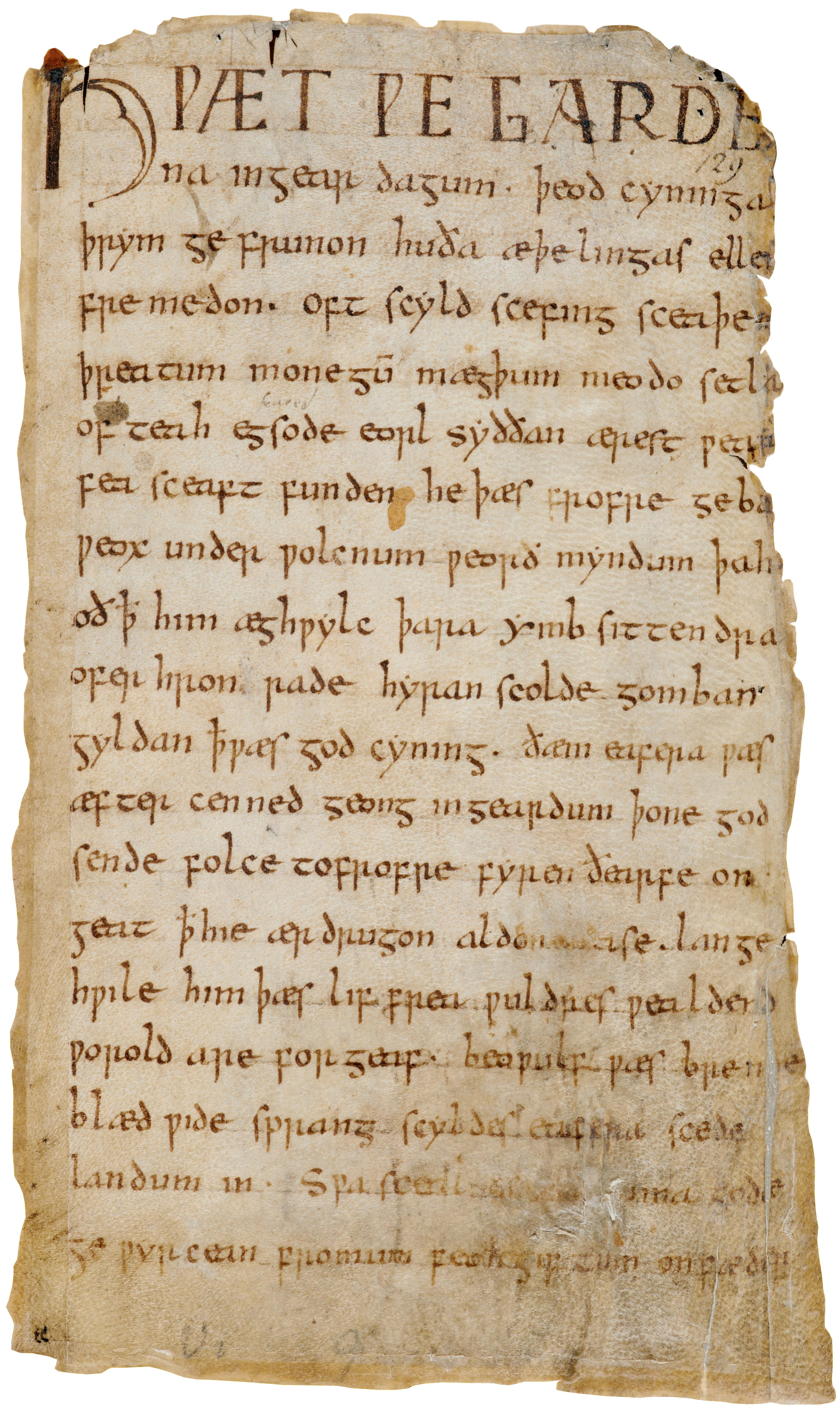
Old English was widely spoken until around 1100 with the arrival of the Normans in 1066 but it did not disappear. About half of the most commonly used words in Modern English have Old English roots.
Beowulf, an epic poem dating back to the 8th century, written in Old English.

Middle English (1100-1450)
Geoffrey Chaucer’s The Canterbury Tales (1387-1400) was a masterpiece in Middle English. It gave a lively portrait of English society in the late Middle Ages.
After William the Conqueror, the Duke of Normandy, conquered England in 1066 the new Norman conquerors introduced the French language, which became the language of the royal court, and of the ruling and business classes. For a period there was a sort of linguistic class division, where the lower classes spoke Old English and the upper classes spoke French, while the clergy used Latin. Gradually the three languages mixed together and by the end of the 14th century they developed into Middle English which also became the language of the new literature.
Early Modern English (1450-1750)
The transition from Middle English to Early Modern English was slow and characterized by great changes: the Great Vowel Shift –vowels sounds in English were pronounced differently from other European languages – and the standardization of the written language we know today.
In 1476 William Caxton (1422-1491), a publisher and a translator, set up the first printing press in England thus providing an incredible opportunity for education and literature. Spelling and grammar became fixed, and the dialect of London became the standard language used by William Shakespeare and his fellow citizens. In the 17th and 18th centuries the vocabulary was enriched with words and expressions from the places interested by British trade expansion and also from the fields of science and learning.
Romeo and Juliet (1597) is one of the most famous tragedies by William Shakespeare, written in Early Middle English.

10

Late Modern English (1750-Present)
Late Modern English (or Current Standard English) developed from the second half of the 18th century and brought new changes in grammar and vocabulary. The British Empire covering a quarter of the earth’s surface spread English around the world and furtherly enriched it with many foreign words from different countries. The First Industrial Revolution in the 18th century and those that followed in the 19th and 20th centuries created a need for new lexis that turned English into the language of technology and innovation
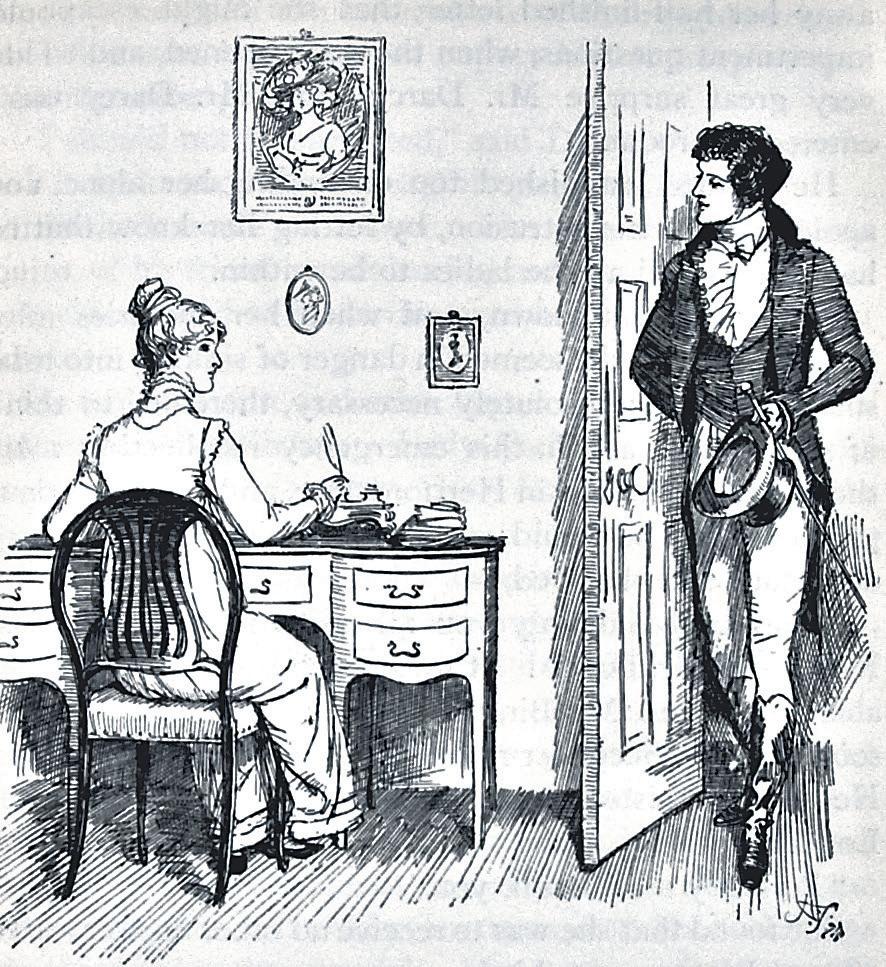
The origin of English words
Pride and Prejudice (1813) by Jane Austen, written in Late Modern English, is one pf the most famous English novels of all times.
Latin (including words used only in scientific/medical/legal contexts)
French (includes Anglo-French)
Germanic (Old/Middle English/ Old Norse/Dutch)
Greek
Unknown
Other Languages/Proper Names
Varieties of English
From around 1600, the English colonization of North America resulted in the creation of a distinct American variety of English. Some expressions called ‘Americanisms’ are original British expressions, for example ‘trash’ for ‘rubbish’, ‘loan’ as a verb instead of ‘lend’, and ‘fall’ for ‘autumn’. Spanish and Indian words entered English through the settlement of the American West. French words (through Louisiana) and West African words (through the slave trade) also influenced American English. Today, American English is particularly influential in the field of cinema, television, popular music, trade and technology (including the Internet).
1 Read the texts and fill in the table with the missing information.
Old English (450-1100)
Middle English (1100-1450)
Early Modern English (1450-1750)
Late Modern English (1750 onwards)
It was rooted in (1)__________, the language of the settling invaders.
It was a mixture of Anglo-Saxon, Norman (2)__________ and (3)__________
It was characterized by a series of phenomena: the Great Vowel Shift, the (4)__________ of the written language, the invention of (5)__________ and British (6)__________
The spread of the British (7)__________ and the Industrial (8)__________ both greatly contributed to the introduction of new terms.
2 Are the sentences true (T) or false (F)? Correct the false ones.
1. English is a member of the Germanic family of languages. T F
2. Old English developed from a Celtic language. T F
3. After 1066 Old English became the language of the aristocracy. T F
4. Middle English was full of words from Latin and French. T F
5. The invention of printing contributed to the standardization of English. T F
6. With the Great Vowel Shift new words were introduced into the English language.
T F
7. The main difference between Early and Late Modern English resides in vocabulary. T F
8. New technical words have been added in the course of time thanks to the digital revolution. T F
3 THINK CRITICAL Why did printing have a positive impact on education?
4 MEDIATION Write a summary about the development of the English language, and get ready to report it back orally.
In your

• On the English Language by Anthony Burgess
11
29% 29% 26% 6% 6% 4%
The British Isles
A variety of landscapes, histories and peoples
1 2 Listen to the text The British Isles and say what striking element characterizes them.
2 Surf the web and find the meaning of the different colours which compose the flags of the United Kingdom and the Republic of Ireland.
• The expression “British Isles” is a geographical term that defines the group of islands lying off the northwest coast of continental Europe, including Great Britain and a number of smaller islands.
• The United Kingdom (or UK) of Great Britain and Northern Ireland refers to the political entity made up of Great Britain and six of the nine counties of Ulster (one of Ireland’s provinces) which form Northern Ireland. However, after the 2016 Brexit vote, with Scotland and Northern Ireland choosing to remain in the EU, will the Kingdom be still “United”?
• Great Britain (usually referred to as “Britain”) is the biggest of the British Isles and the largest island in Europe. Great Britain is the collective name for the three countries of England, Scotland and Wales. Most people tend to say England when referring to Britain or the United Kingdom as a whole, probably because England is the biggest country.
• The adjective “British” is used in relation to Great Britain but there is also a common tendency to use it to refer to both Great Britain and the United Kingdom.
• The island of Ireland consists of Northern Ireland and the Republic of Ireland (or Eire). Eire is a completely separate country from the United Kingdom.
• The Isle of Man, and the isles of Jersey and Guernsey are neither part of Great Britain nor of the United Kingdom. They are selfgoverning British Crown dependencies under the sovereignty of the British Crown. Jersey, Guernsey with Alderney, Sark and Herm form part of the Channel Islands, close to the French Normandy coast.



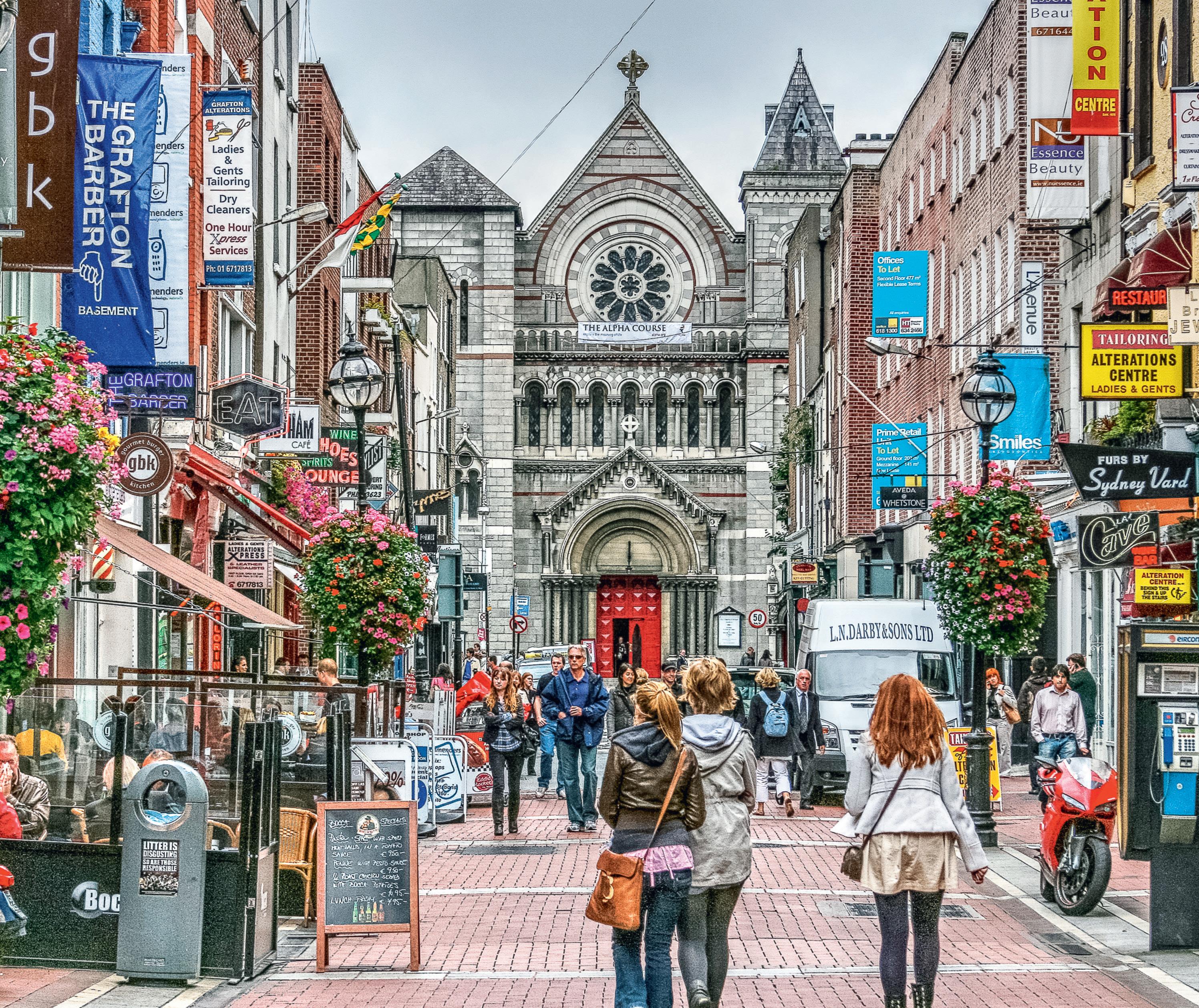
12 PLACES, PEOPLES, HISTORIES
9 10 8
FLIPPED CLASSROOM
Digital Competence
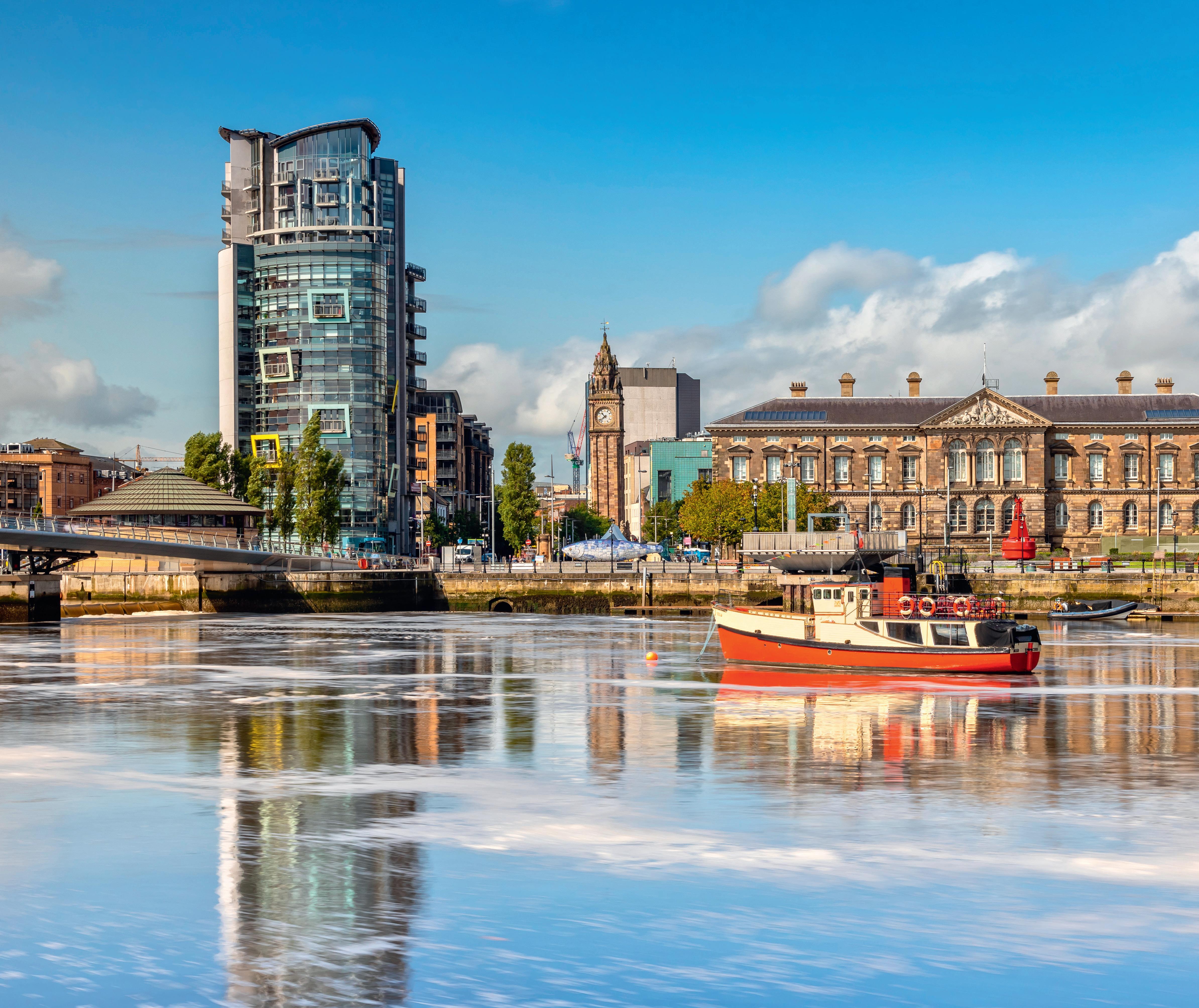


Mapping the places
1 STONEHENGE
It is the most famous stone circle built from around 3000 to 1500 BC.
2 MANCHESTER AND LIVERPOOL
Though rivals in football, these two cities in the northwest share common traits that make them very similar.

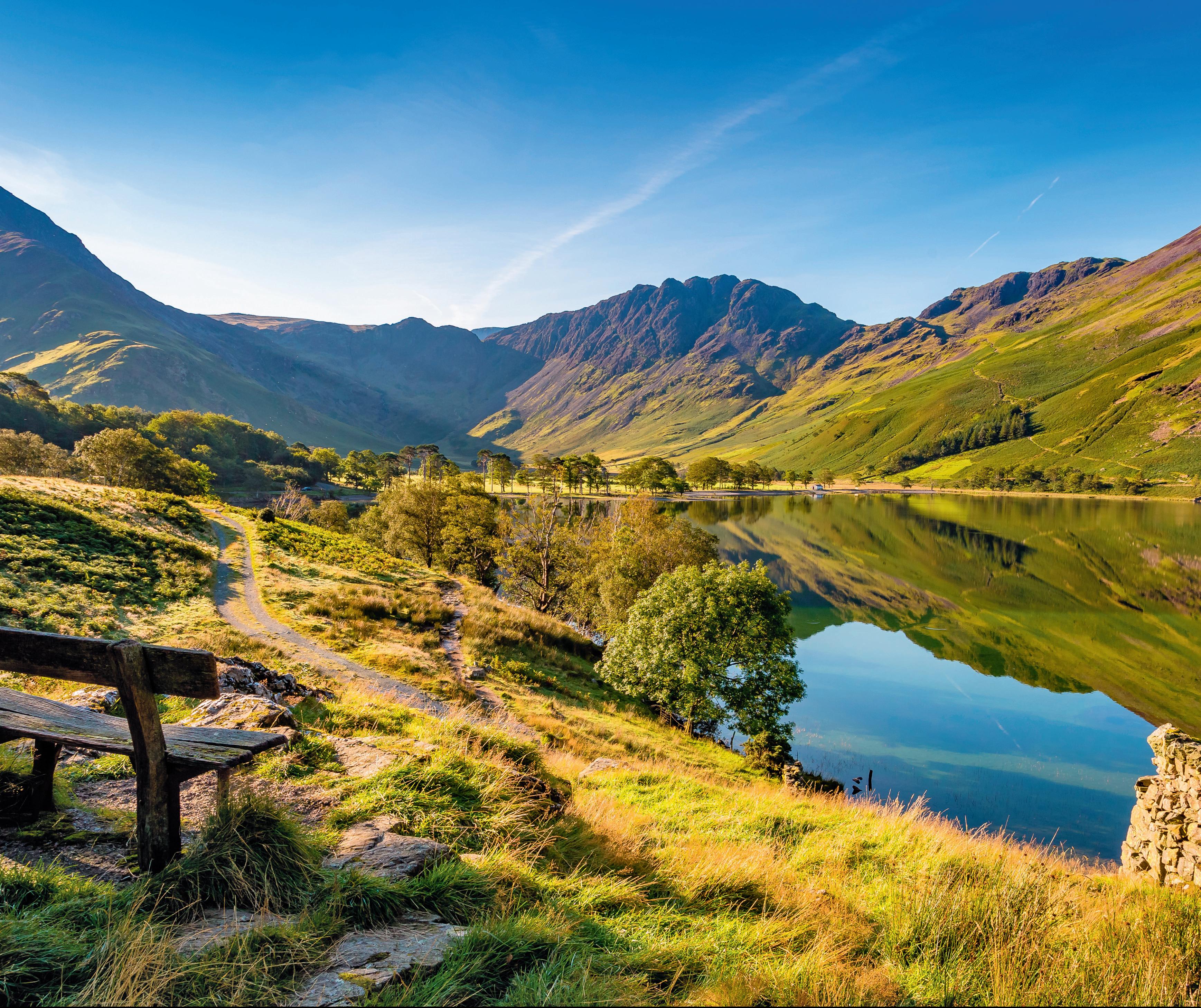
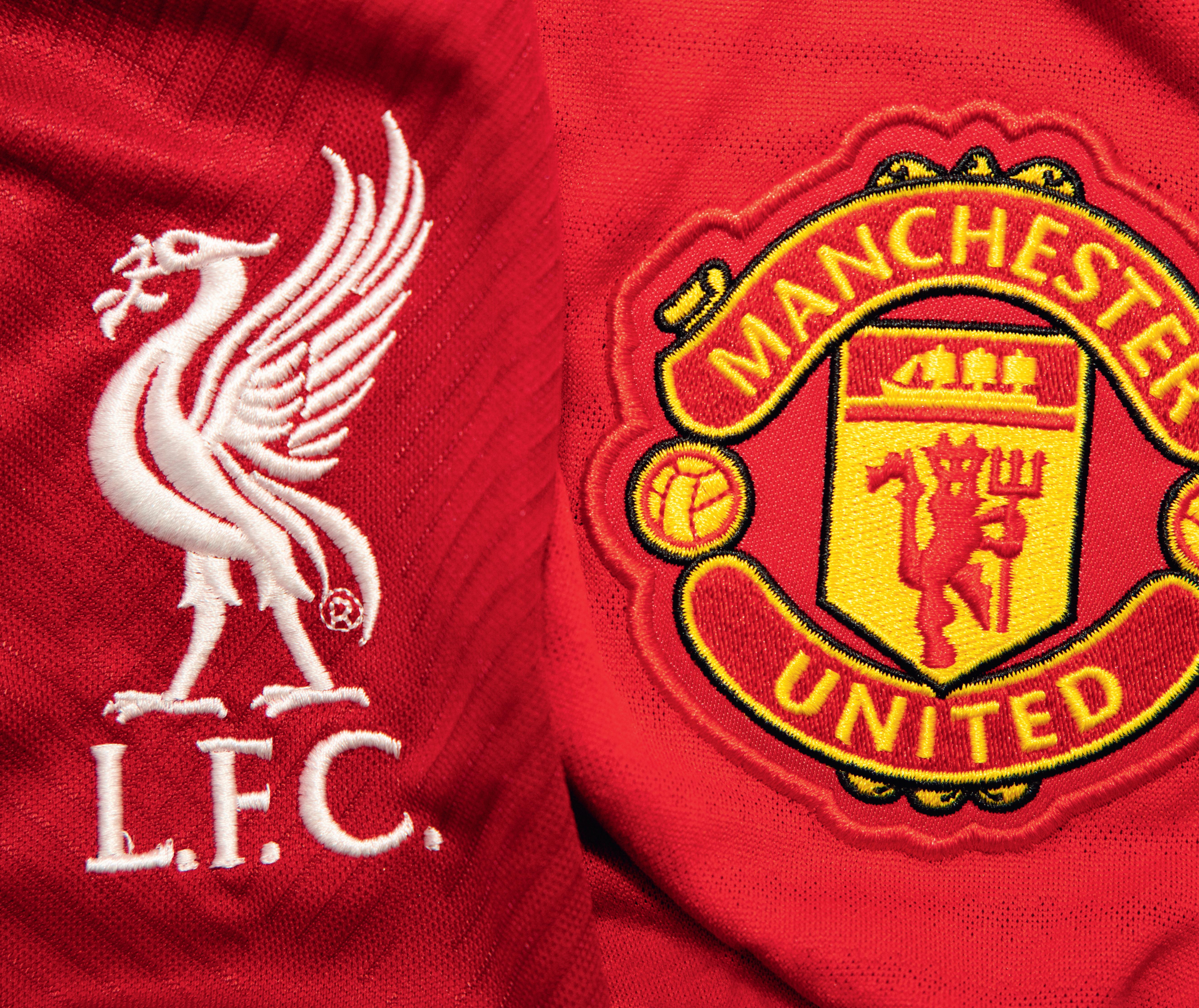


3 THE LAKE DISTRICT
It is a beautiful area in the northwest full of lakes, mountains and valleys that inspired British Romantic poets.Founded
4 LONDON
Founded by the Romans in 60 AD the capital of England on the river Thames is a multicultural megalopolis.
5 CARDIFF
The capital of Wales boasts both futuristic and ancient buildings like Wales Millennium Centre and the 11th-century Cardiff Castle.
6 EDINBURGH
Scotland’s capital city is located in southeastern Scotland and is a centre of culture and the arts.
7 BELFAST
It is Northern Ireland’s capital and the seat of the Northern Ireland Assembly at Stormont Castle. It is an important industrial port on the estuary of the Lagan river.
8 THE GIANT’S CAUSEWAY
It is a remarkable rock formation on the northeast coast of Northern Ireland.
9 GALWAY
In west Ireland, it is considered a major centre for traditional Irish music. Galway is also best known for its art galleries and shops.
10 DUBLIN
The capital of the Republic of Ireland is the centre of culture and economic power.
2 4 1 3 5 6 7 13
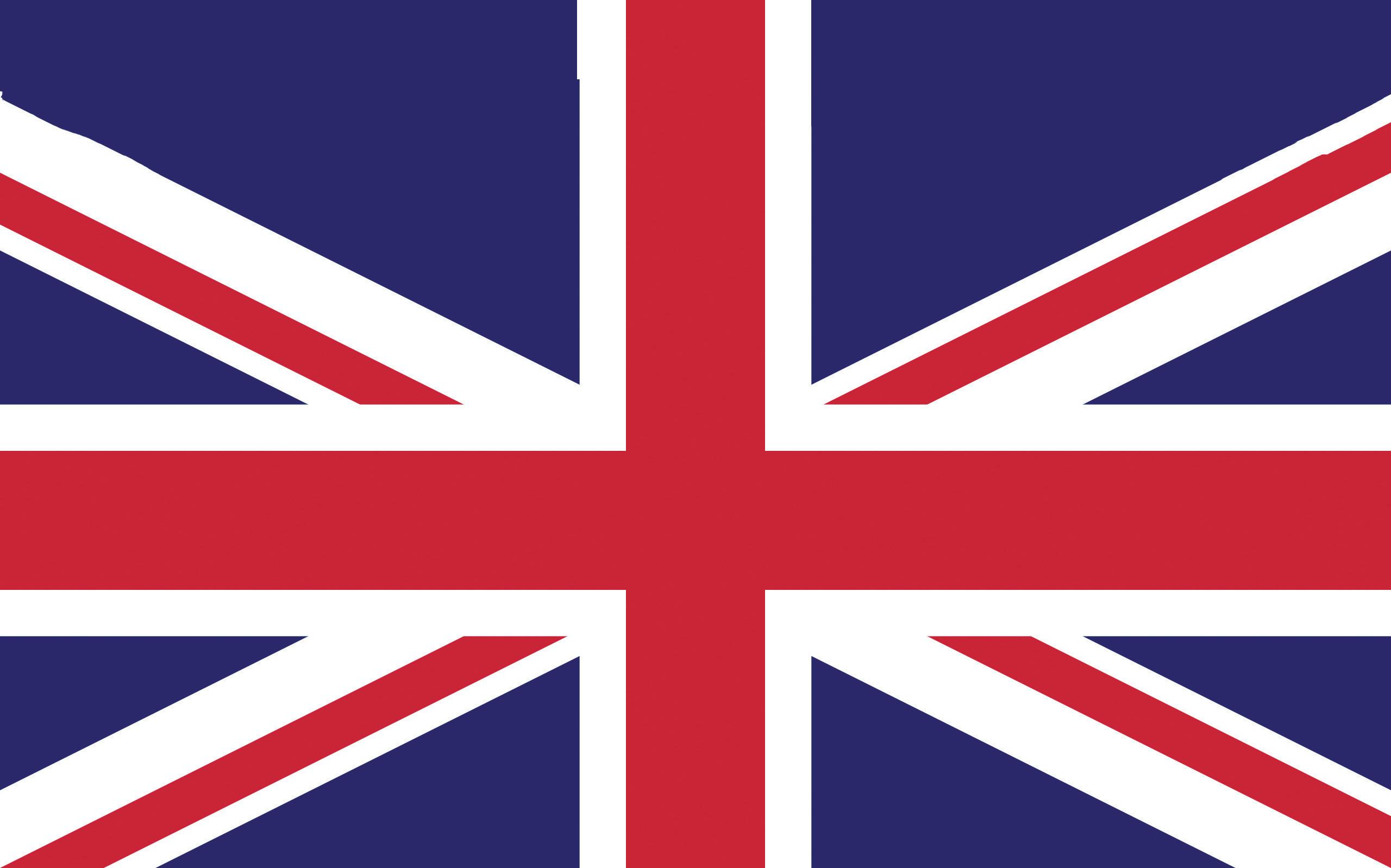
GEOGRAPHY
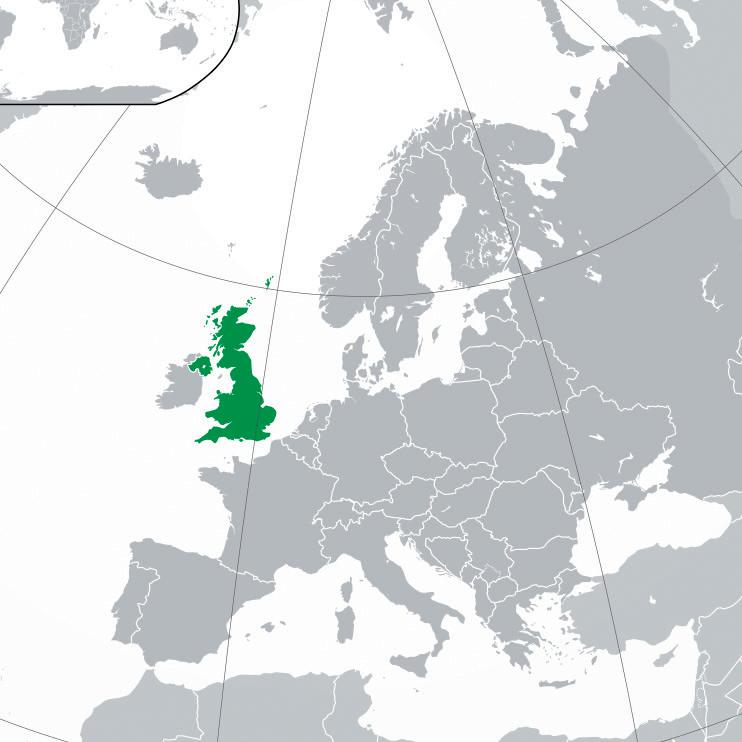
Official name: The United Kingdom of Great Britain and Northern Ireland
Capital city: London
Population: 68,360,000 (Anglo-Saxon, Scots, Welsh, Irish, West Indian, Pakistani, Indian)
Government: Parliamentary democracy – Constitutional monarchy
Head of State: British sovereign
An island country
Geo WORDS
Find the English translation of the following terms in the text.
• baia
• bordo
• brughiera
• costa
• fiume
• isola
• lago
• montagna
• scogliera
• spiaggia
• valle
1 rugged_scoscese
2 empties_sfocia
3 mountains ridges
catene montuose
4 indented_frastagliata
5 heather-covered coperte di edera
Great Britain offers constant variations in the natural environment: arable lands, valleys, moors, post-glacial mountains, rugged1 cliffs and sandy beaches. The country is rich in lakes (mainly in Scotland and Northern England) and rivers, the longest of which is the Severn, but the most famous of the British rivers is the Thames which flows through London. Other rivers are the Tweed in Scotland, the Tyne, flowing through Newcastle, and the Mersey which flows westwards through Manchester and then empties2 into Liverpool Bay. Much of the north and west of Britain is covered by mountain ridges3 separated by deep valleys.
The Scottish Highlands (with Ben Nevis as the highest mountain) are the most remote and least populated part of the country. The indented4 west coast of Scotland is rich in lochs (the Scottish word for ‘lakes’), while the southern part, or Southern Uplands on the border with England, is a fertile

farming area. Southern and eastern England is mainly flat, sometimes dotted with hills. The southwest peninsula (Cornwall, Devon and Dorset) is a plateau with heather-covered5 moors.
The climate is changeable and largely temperate, that is mild and damp for most of the year. Altitude modifies temperatures, so that much of Scotland and highland areas of Wales and England are cool in summer and cold in winter compared with most of England. Being on the edge of the Atlantic Ocean Great Britain is a wet country, with most rain falling in winter rather than in summer. In summer the temperature can get pretty high, with peaks of over 30 degrees.
1 Read the text and find
1. the Scottish word for ‘lake’.
2. the river flowing into Liverpool Bay.
3. the hilly area separating Scotland from England.
4. how the climate in Great Britain is.

14
UNITED KINGDOM
THE
The river Thames in London.
see map on the second cover
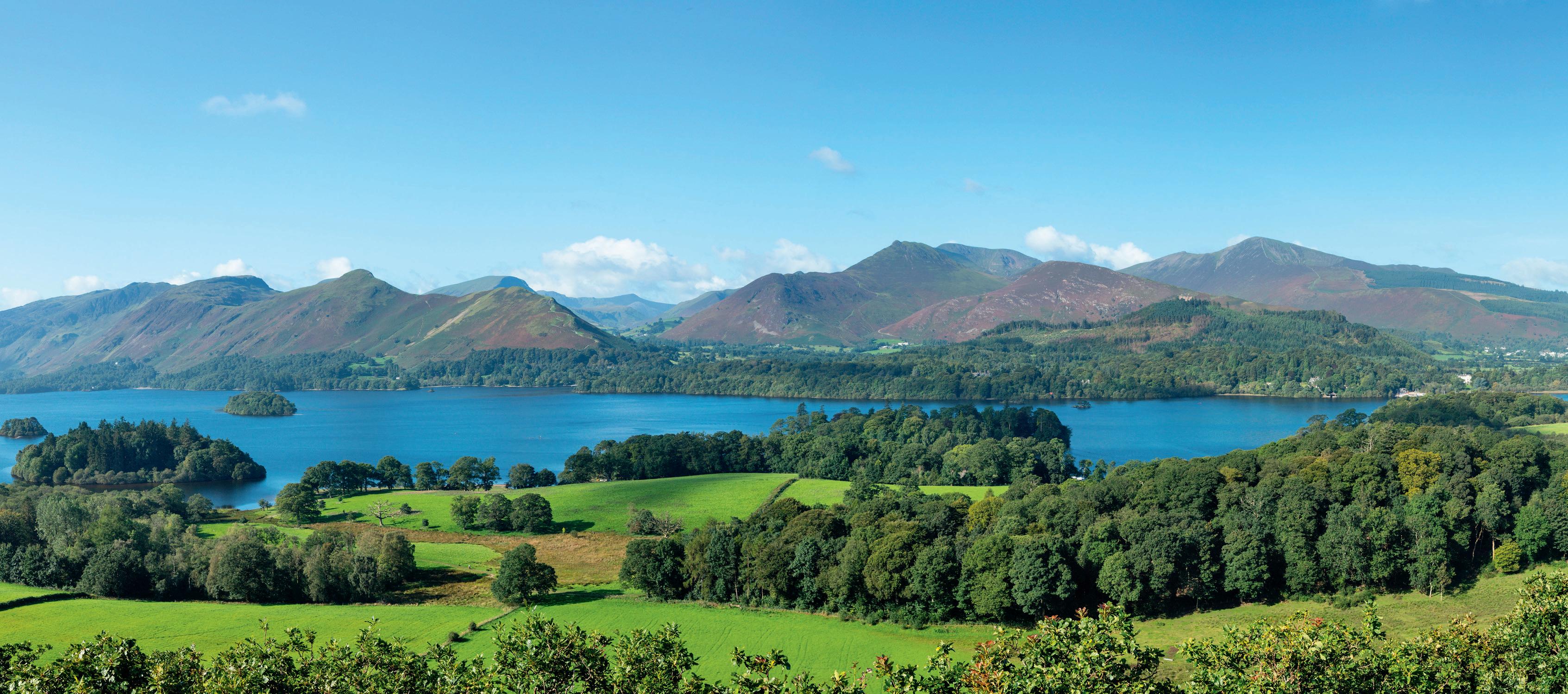
PAST TO PRESENT
Doggerland, the vanished land bridge
Until the last Ice Age Britain was part of the European (1)________________ mass. It was in fact joined to Europe by a vast land (2)________________ called Doggerland. The area was inhabited by typical (3)________________ species, but also by several Mesolithic populations who lived on hunting and (4)________________. Then, around 8200 BC, the (5)________________ level rose following the melting of the glaciers in the last Ice Age. A huge submarine landslide off the coast of Norway created an enormous tsunami, (6)________________ inundated Doggerland, and Britain was definitively cut off from (7)________________. Most Doggerlanders were swept away by the flood, but those who (8)________________ (known as Ancient Britons) were forced onto the (9)________________ in what is today’s England. Evidence of Doggerlanders’ presence is embedded in the seafloor, where modern fishermen often find ancient (10)________________ and tools.
THE SPIRIT OF LITERATURE
Bleak House (1853)

The novel concerns the legal dispute among the members of the same family. In this extract Dickens describes the November weather in London.
The weather in Dickens’ times 4
Implacable November weather. As much mud in the streets as if the waters had but newly retired from the face of the earth […]
Fog everywhere. Fog up the river, where it flows among green aits1 and meadows2; fog down the river, where it rolls defiled among the tiers3 of shipping and the waterside pollutions of a great (and dirty) city. Fog on the Essex marshes4, fog on the Kentish heights. Fog in the eyes and throats of ancient Greenwich pensioners, wheezing5 by the firesides of their wards […].
Chance people6 on the bridges peeping over7 the parapets into a nether8 sky of fog, with fog all round them, as if they were up in a balloon, and hanging in the misty clouds.
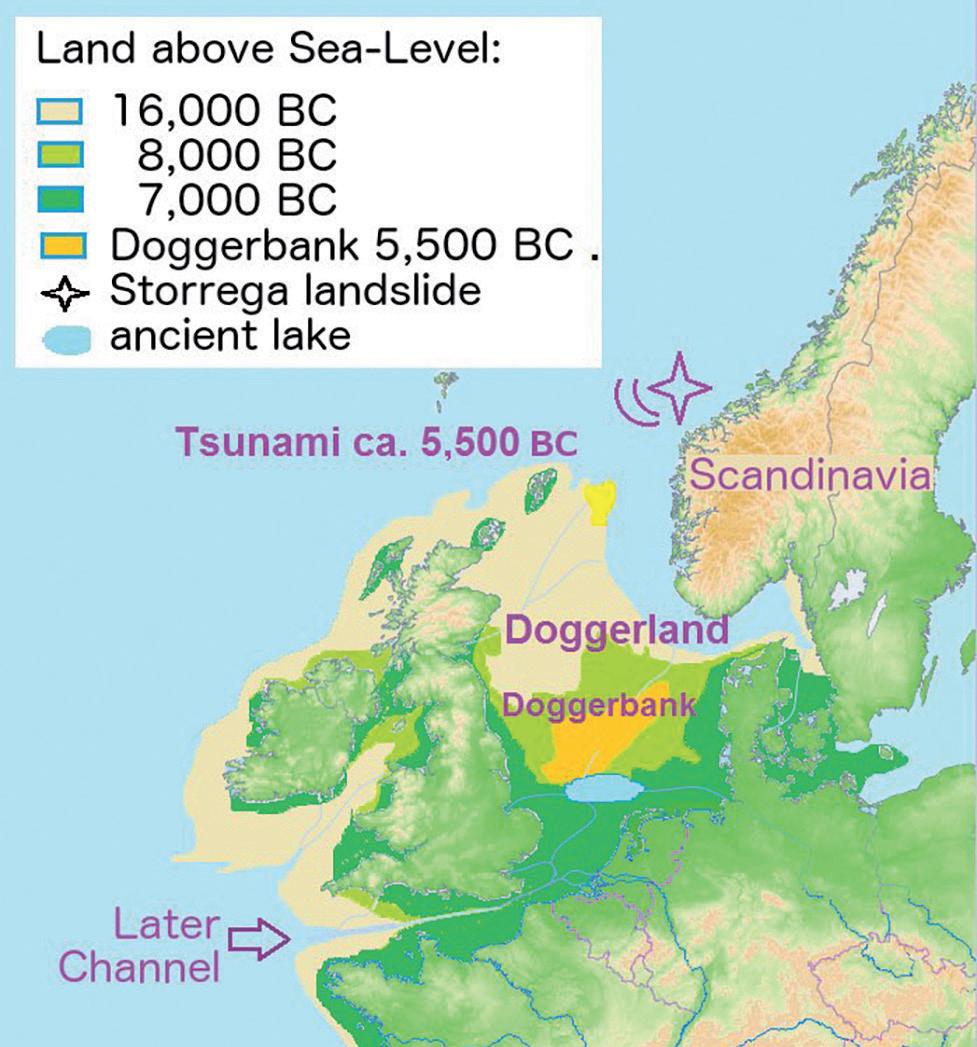
1 3 Listen to the text and fill it in with the missing words.
2 MEDIATION The melting of glaciers caused the flooding of Doggerland and had a dramatic impact on the future of Britain. What are the effects of the melting of glaciers today? How would it influence the future of the next generations? Surf the web to find information and answers to these issues. Get ready to report back the content either in English or in Italian.
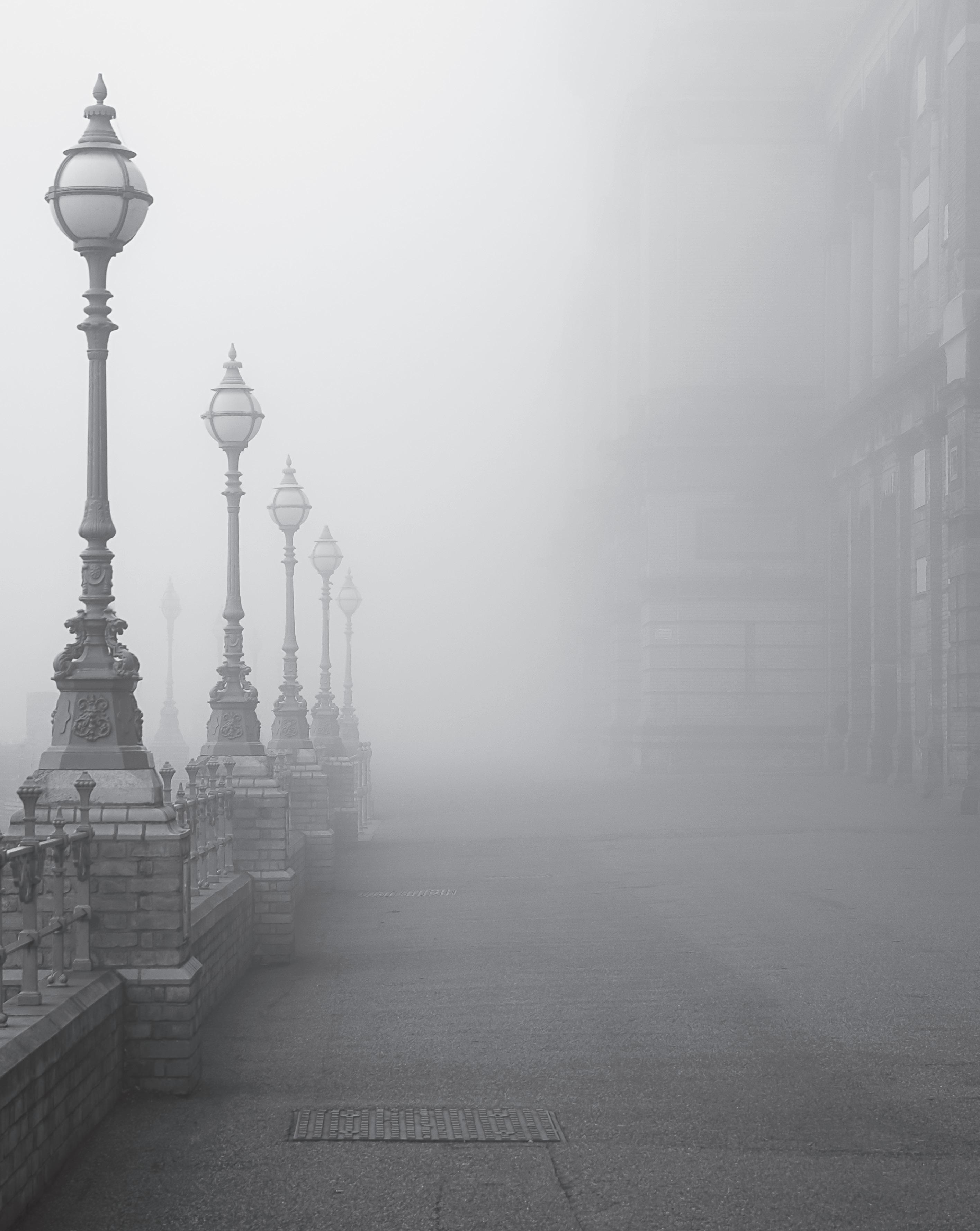
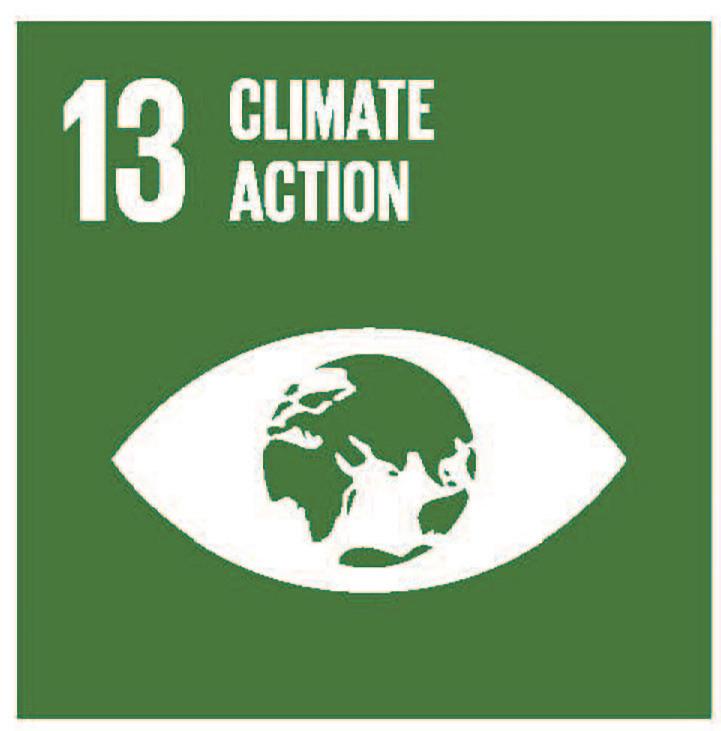
1 aits_isolotti
2 meadows_prati
3 tiers_file, strati
4 marshes_paludi
5 wheezing_ansimanti
6 Chance people_passanti occasionali
7 peeping over_che sbirciano
8 nether_basso
1 What unusual and very strong adjective does Dickens use to describe the London weather in November?
2 What word is repeated? Can you say why?
3 What feelings does this description inspire? Choose from among the following.
□ coldness □ desolation □ melancholy
□ frustration □ uncertainty □ sadness
4 How would you describe the November weather in your area? Use at least two adjectives and two nouns.
15
5 10
Charles Dickens p. 166
Digital Competence













































































